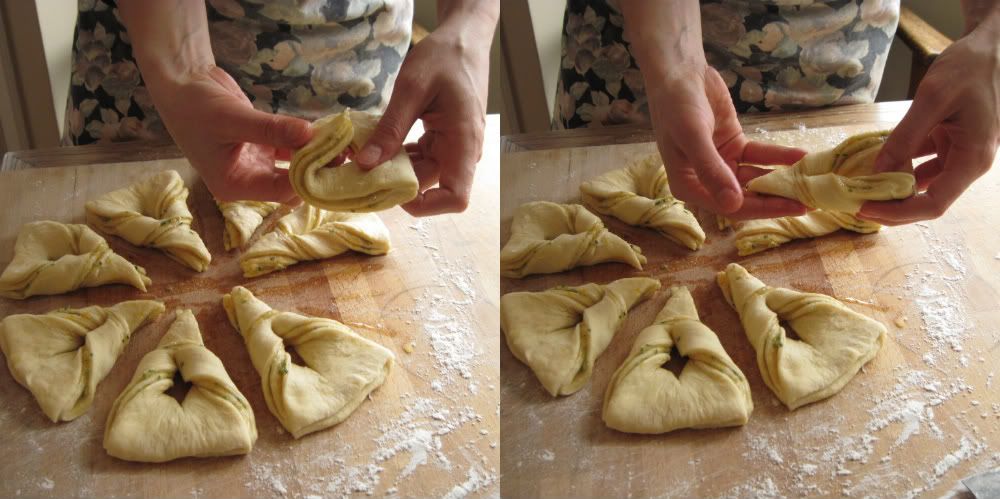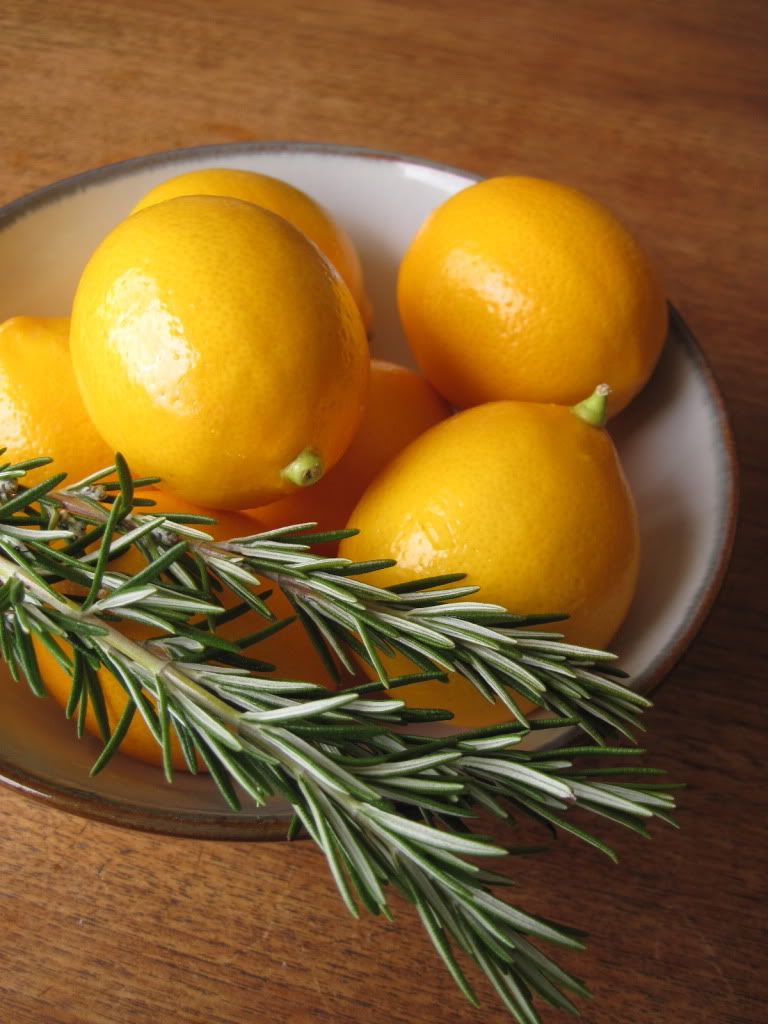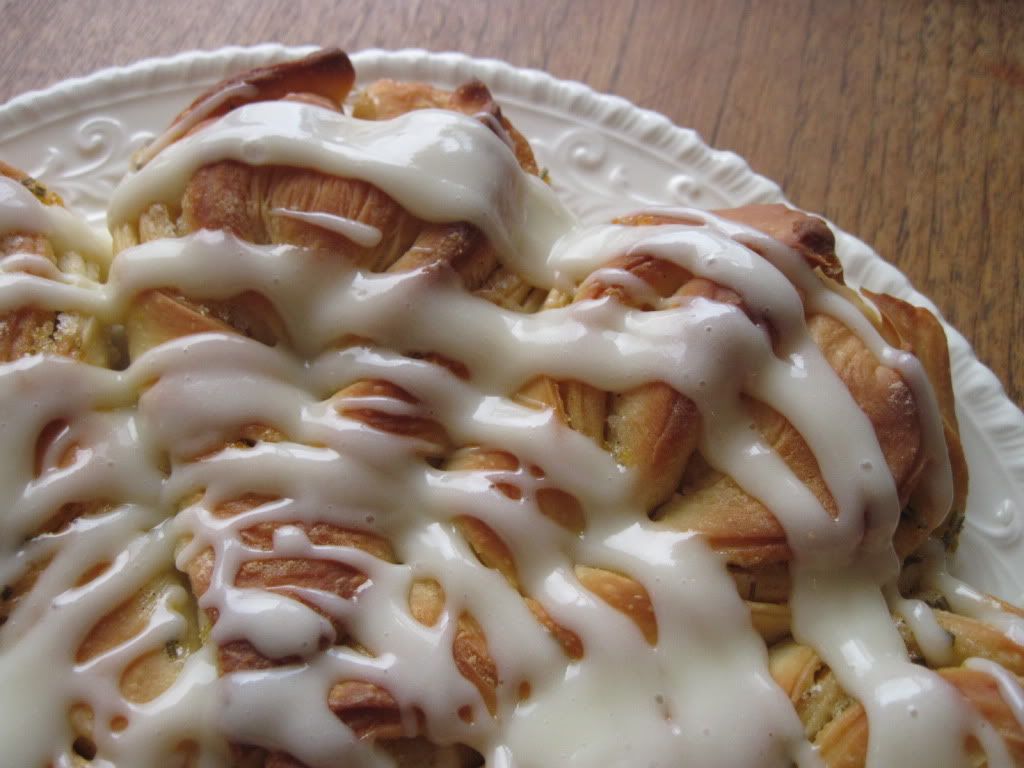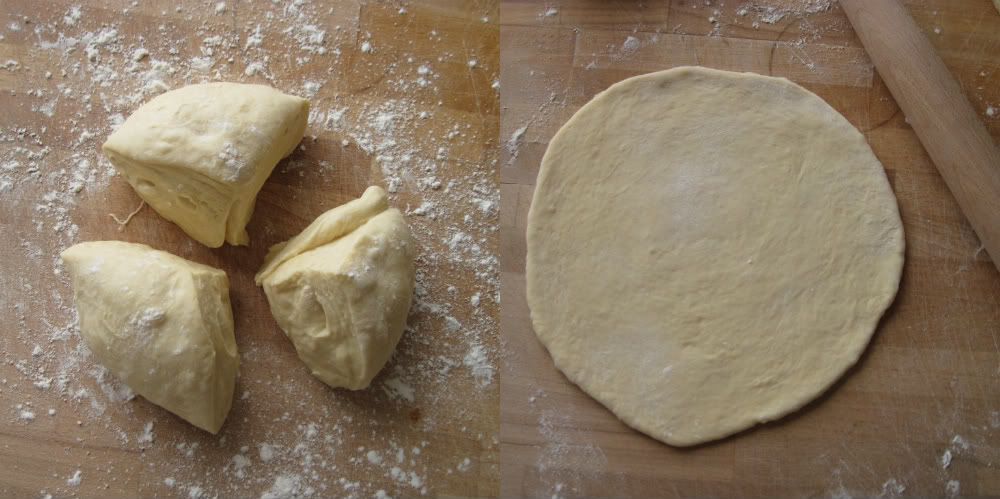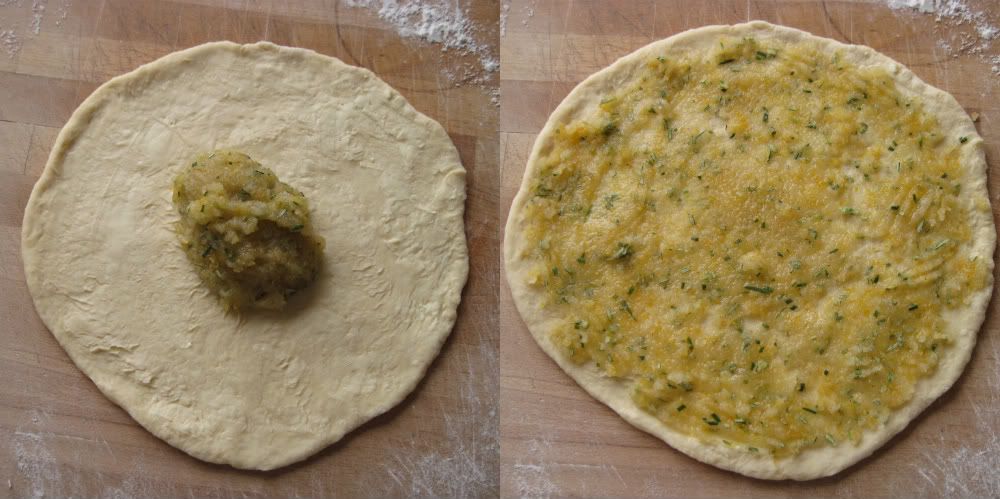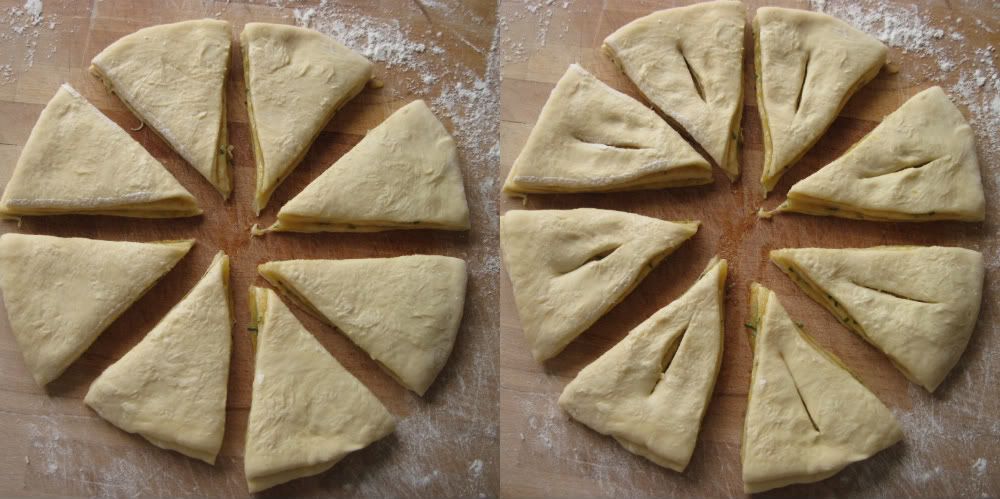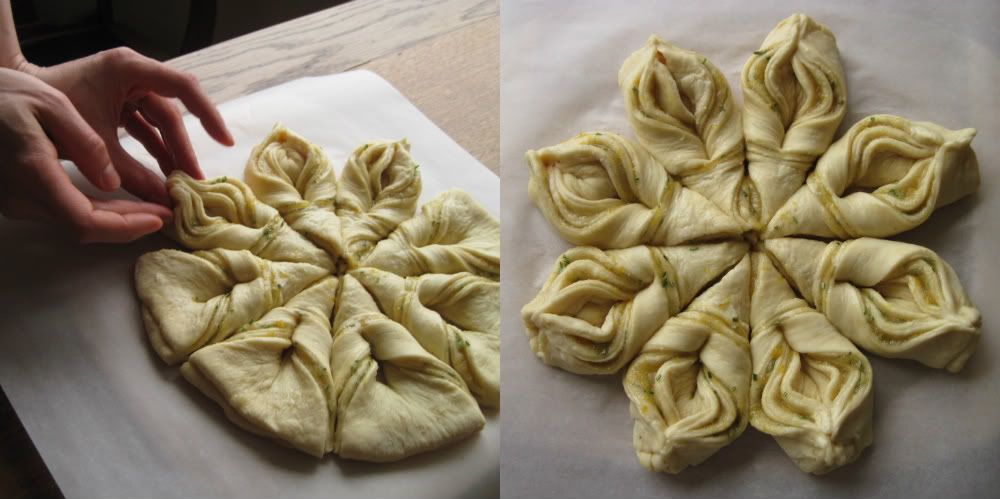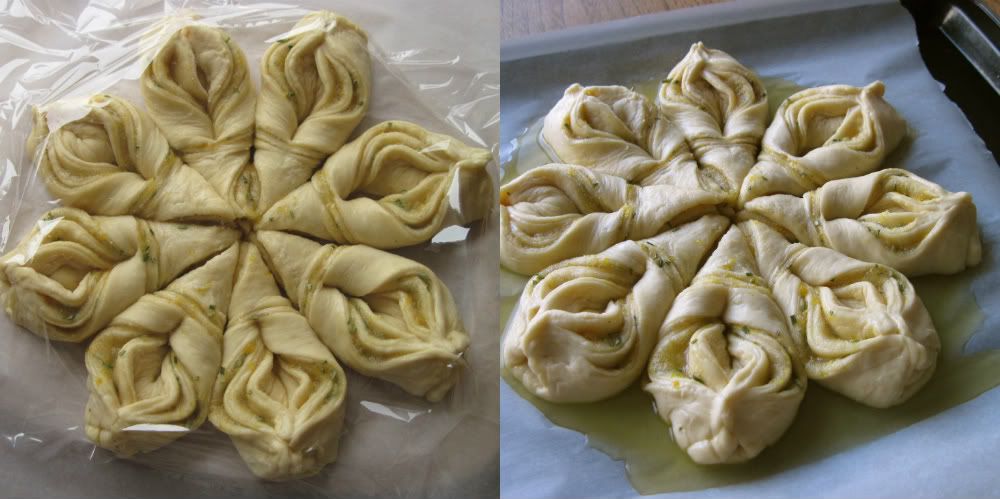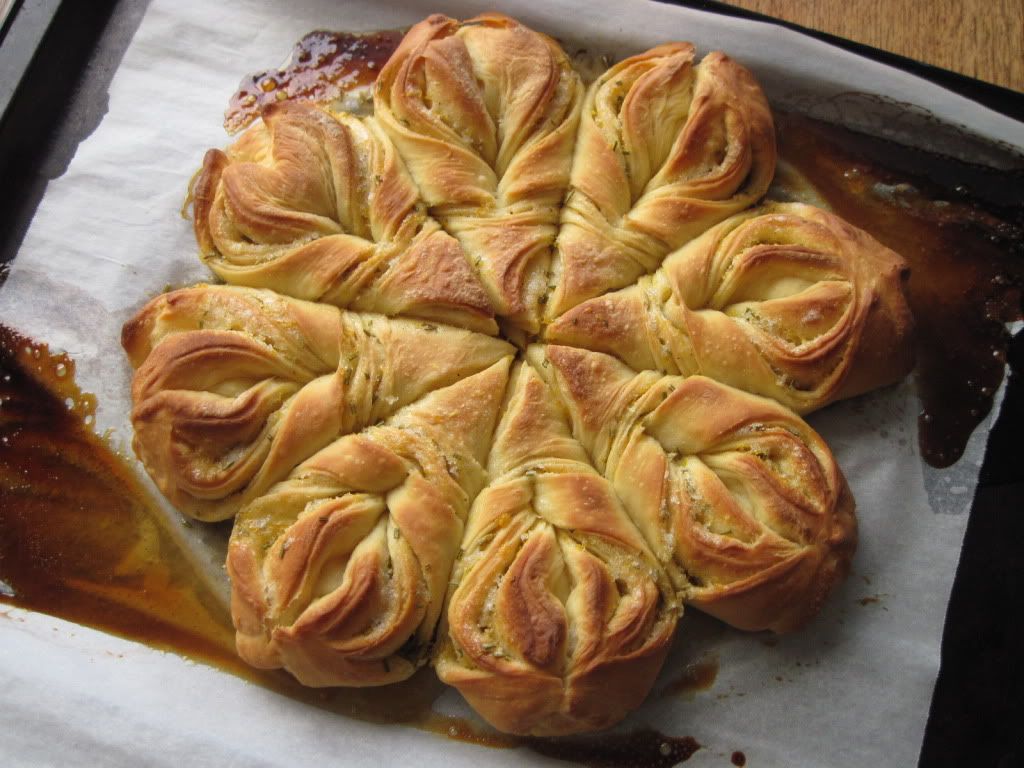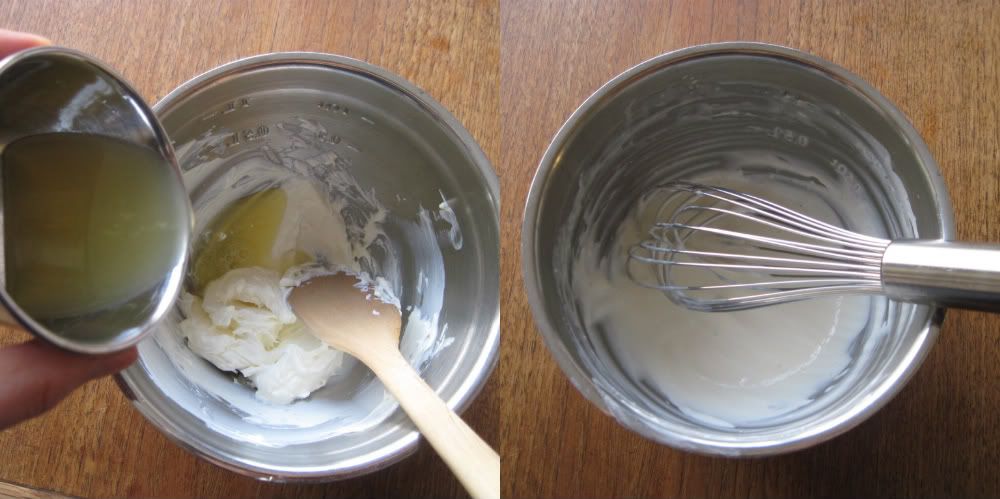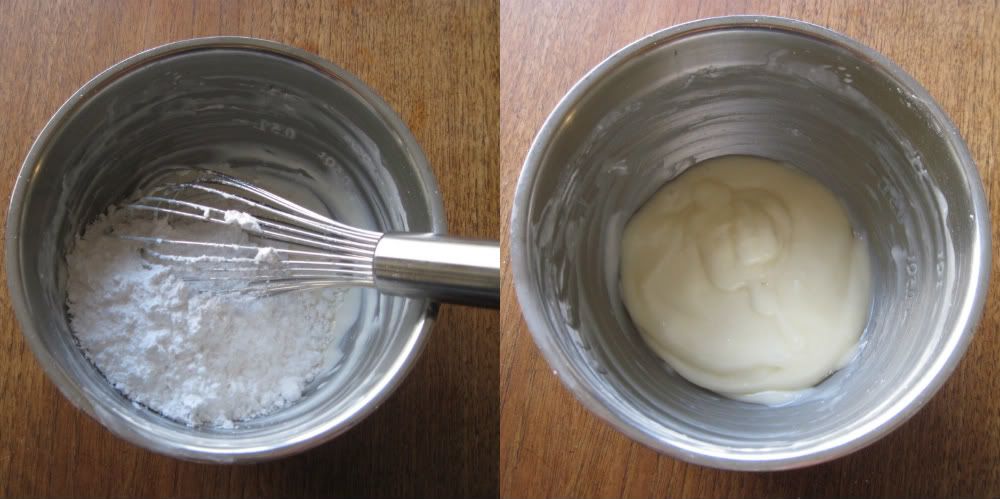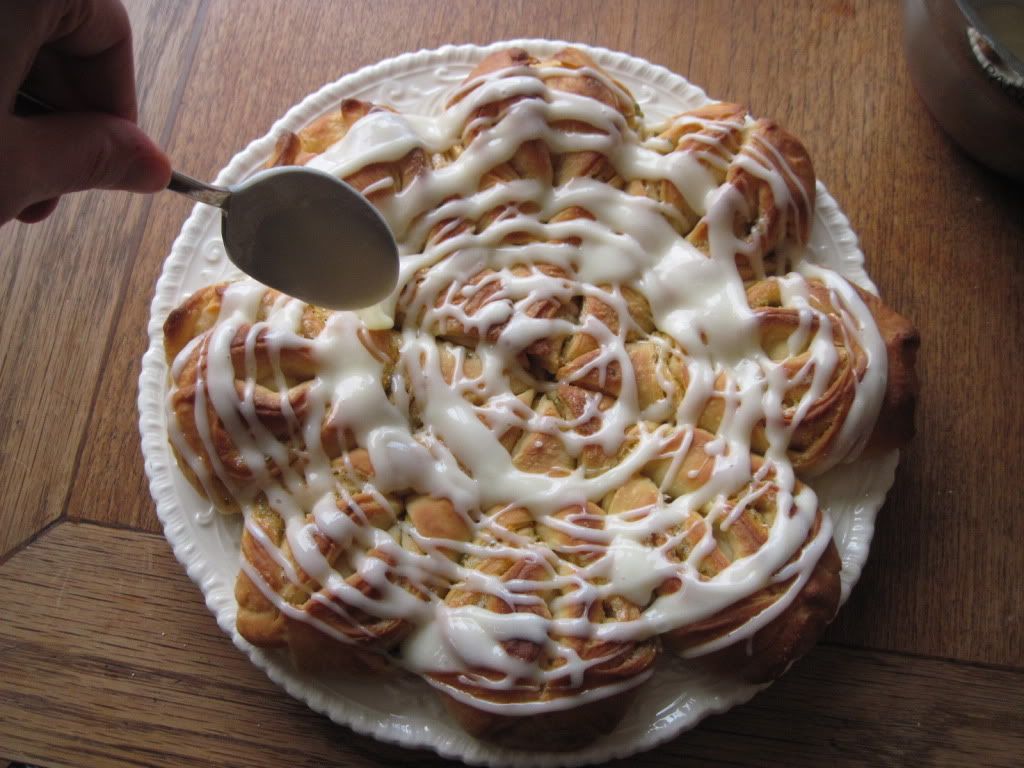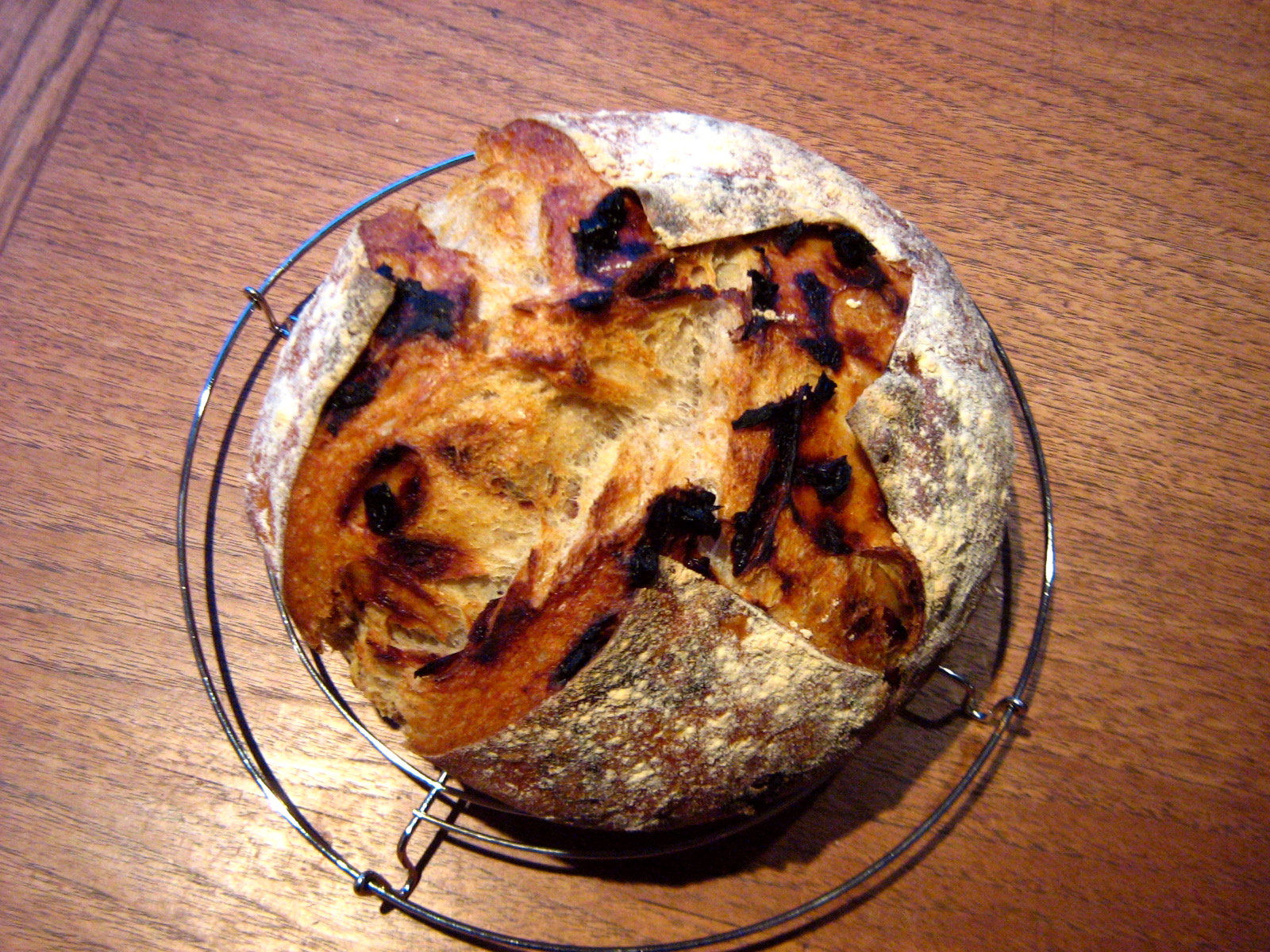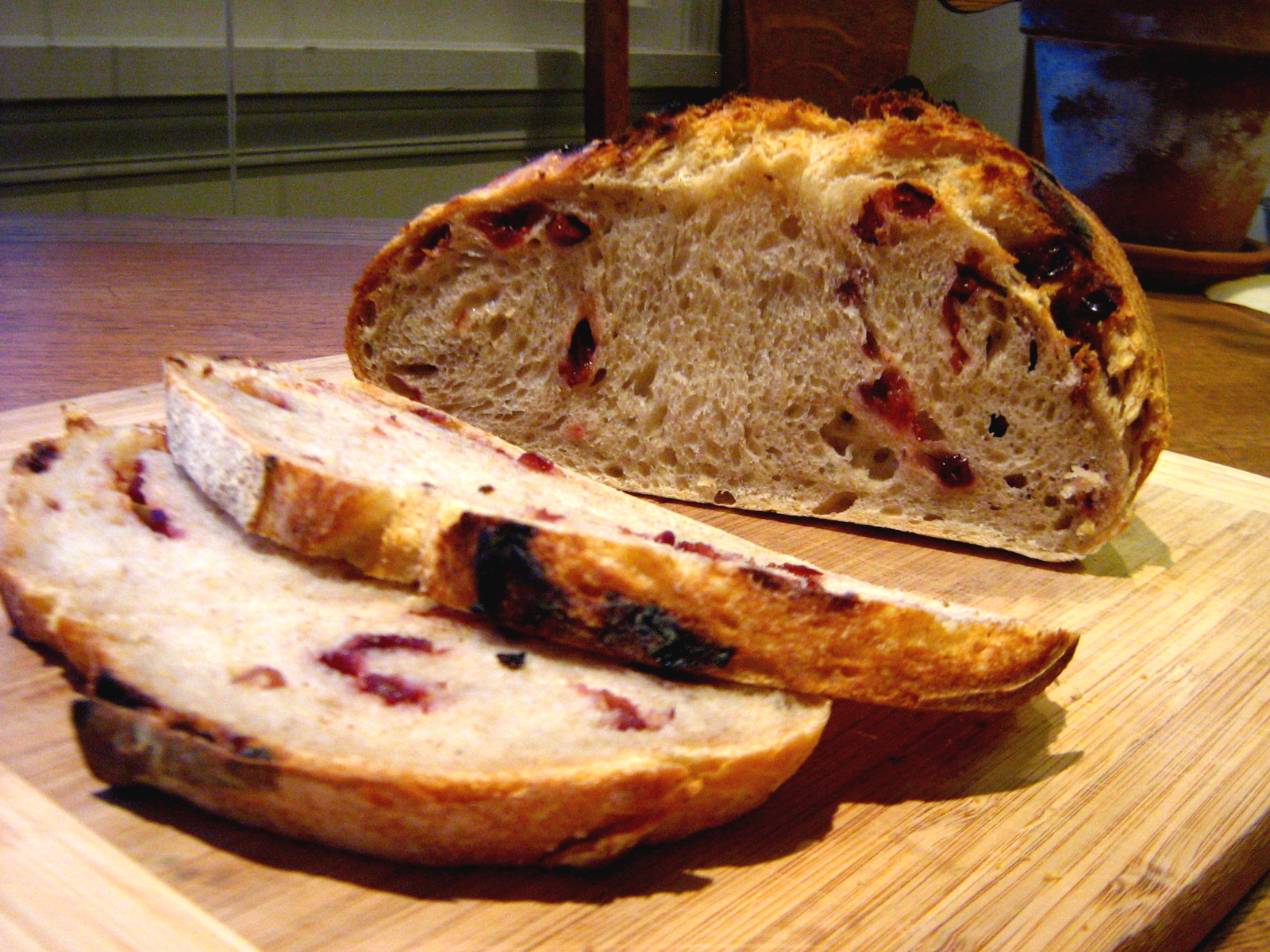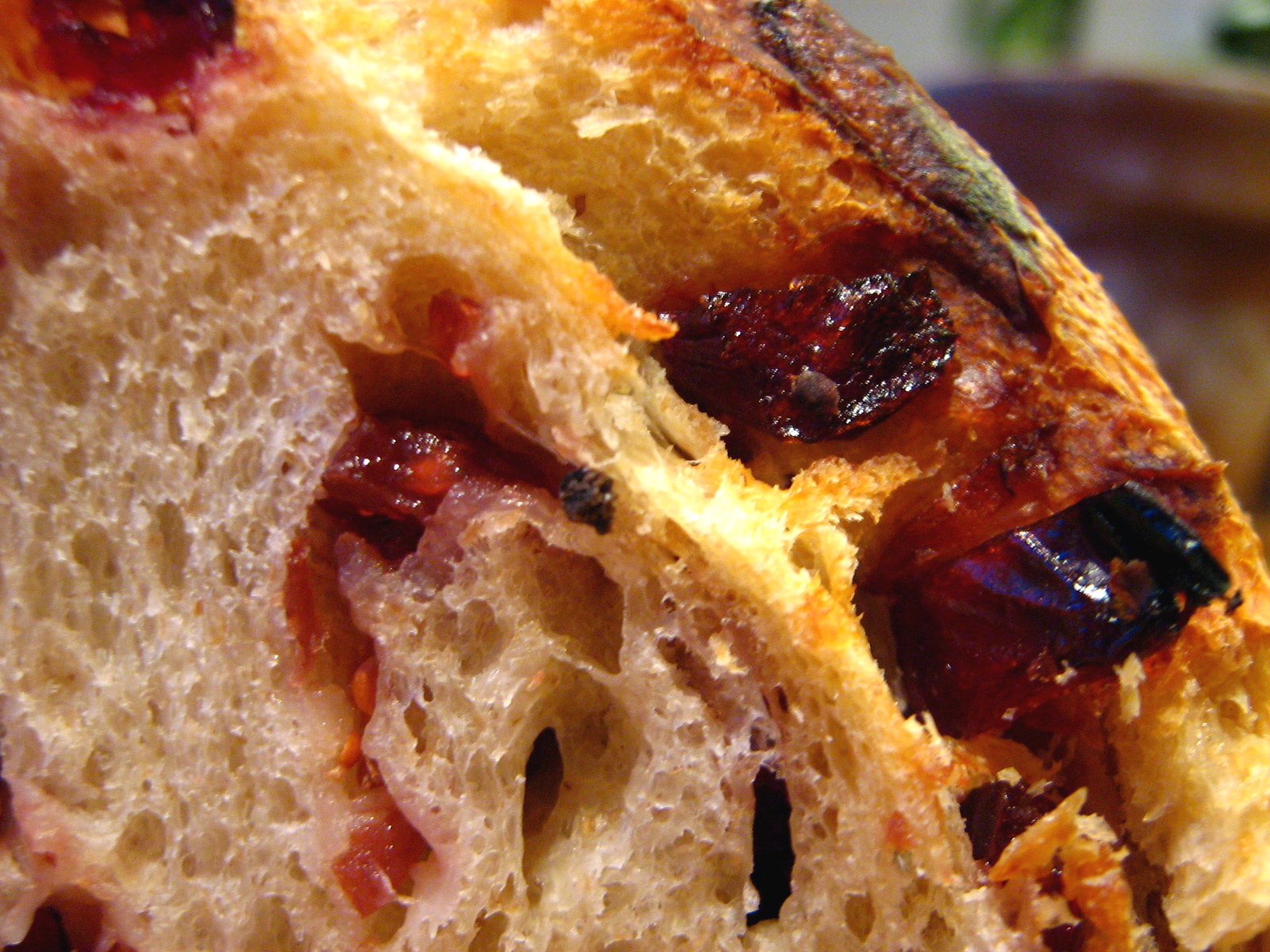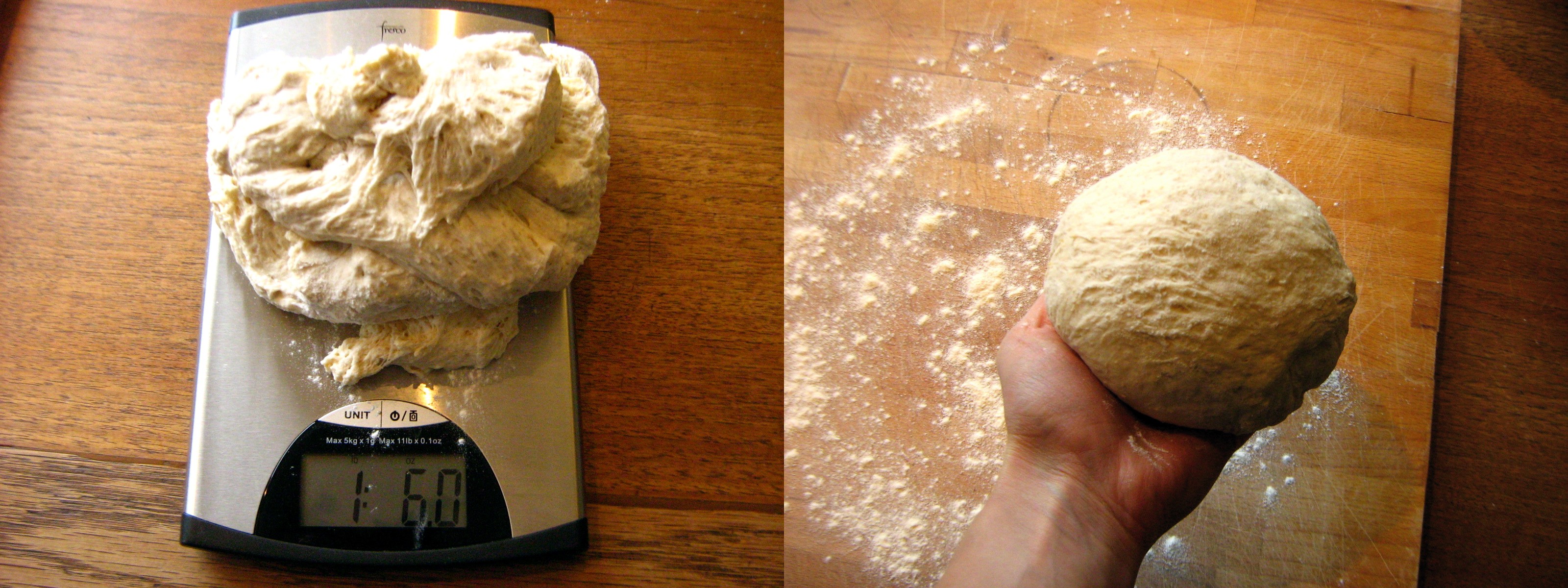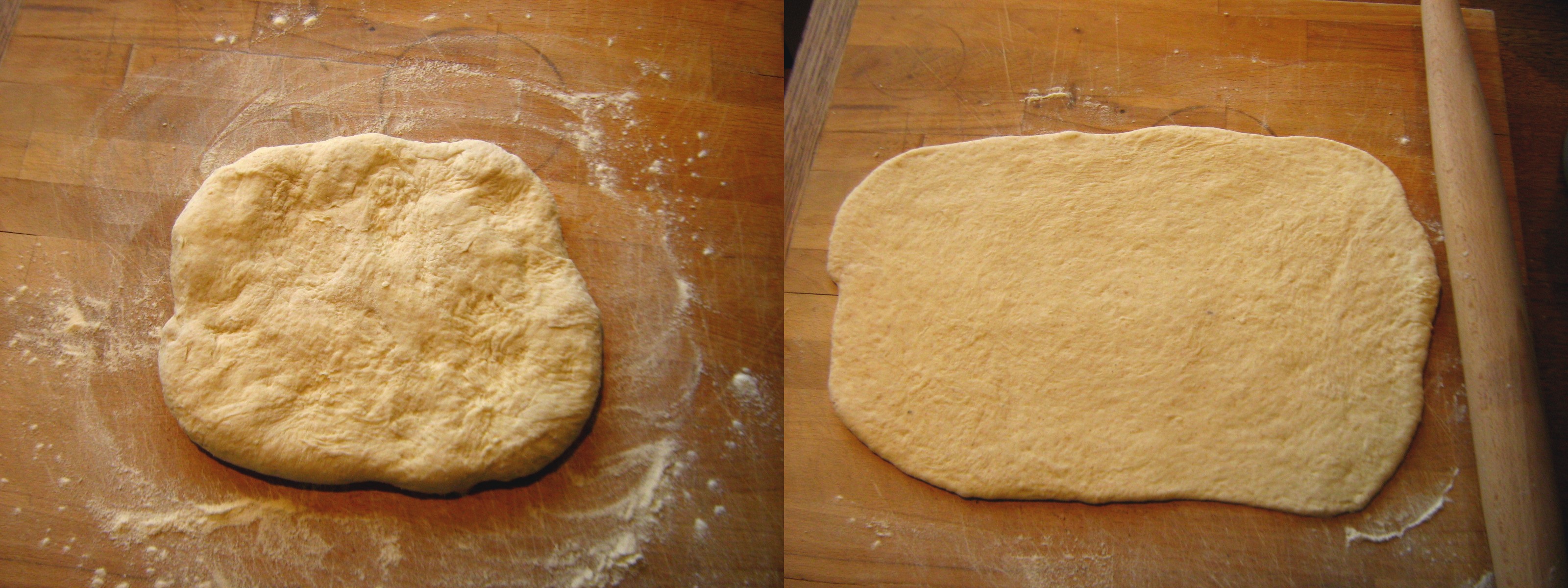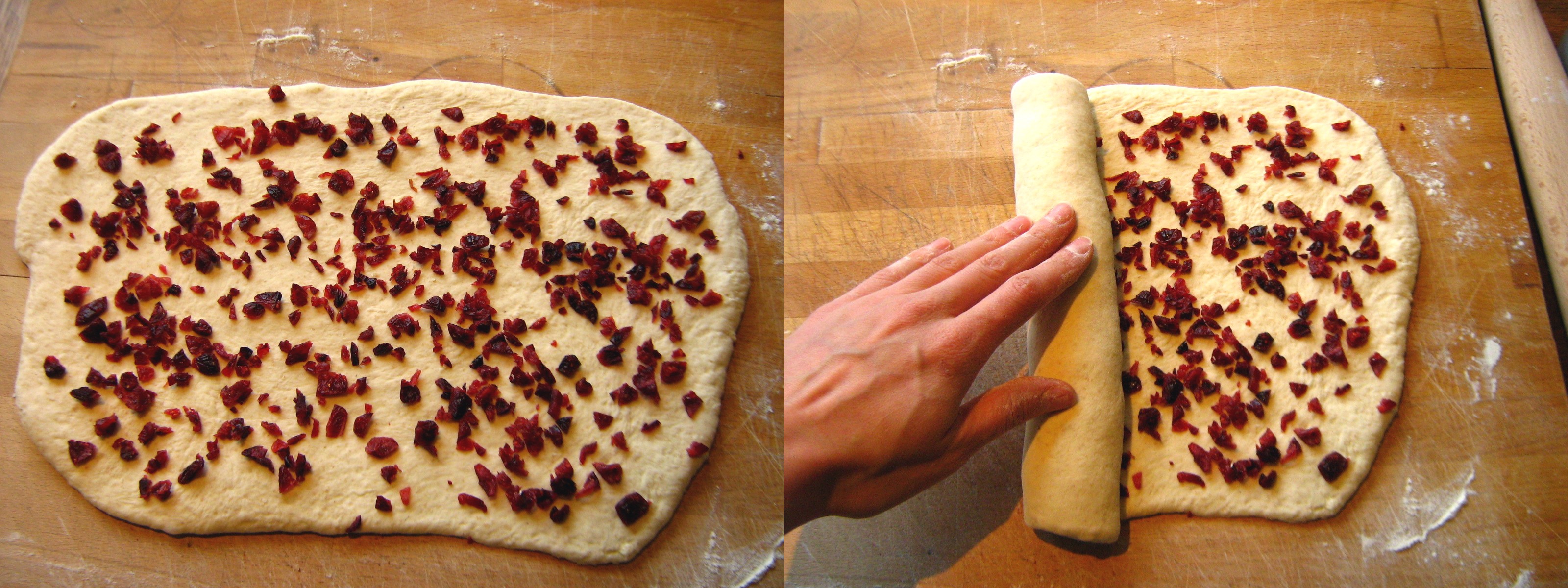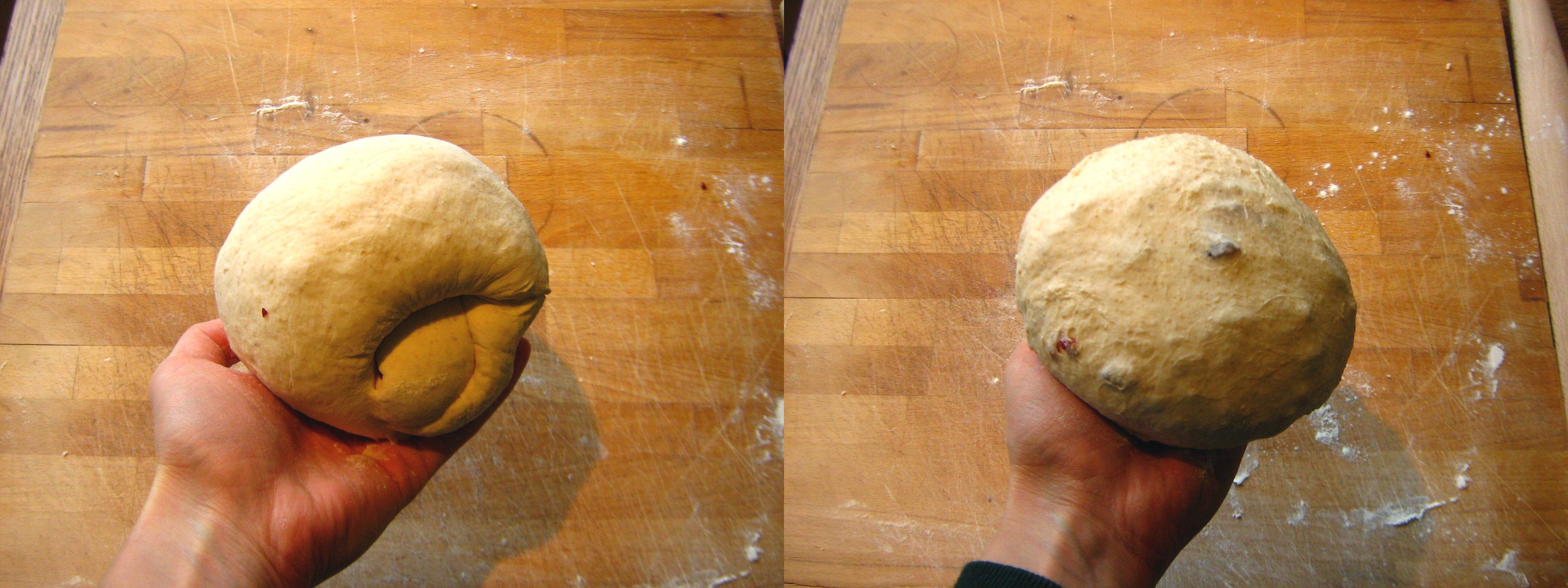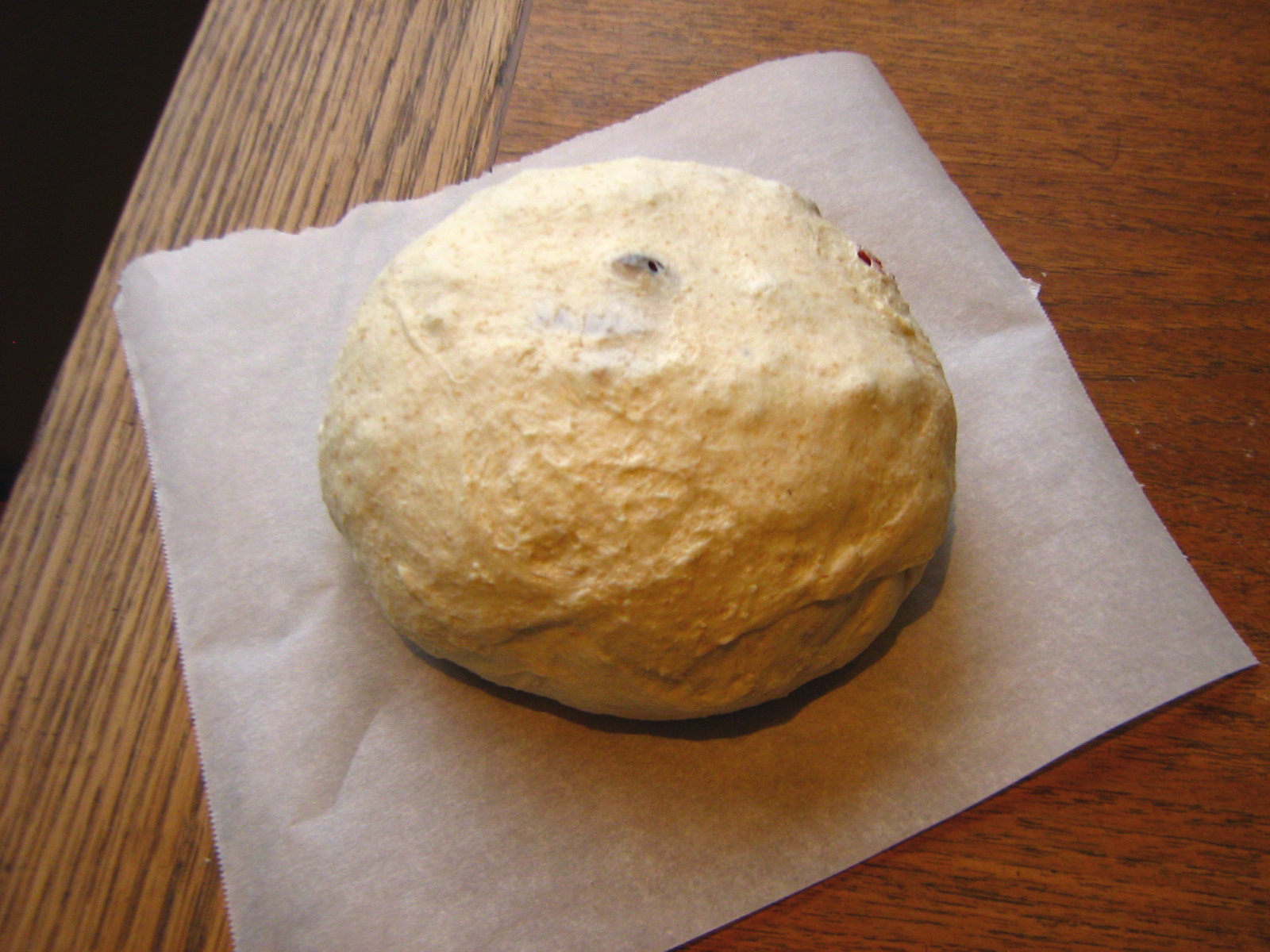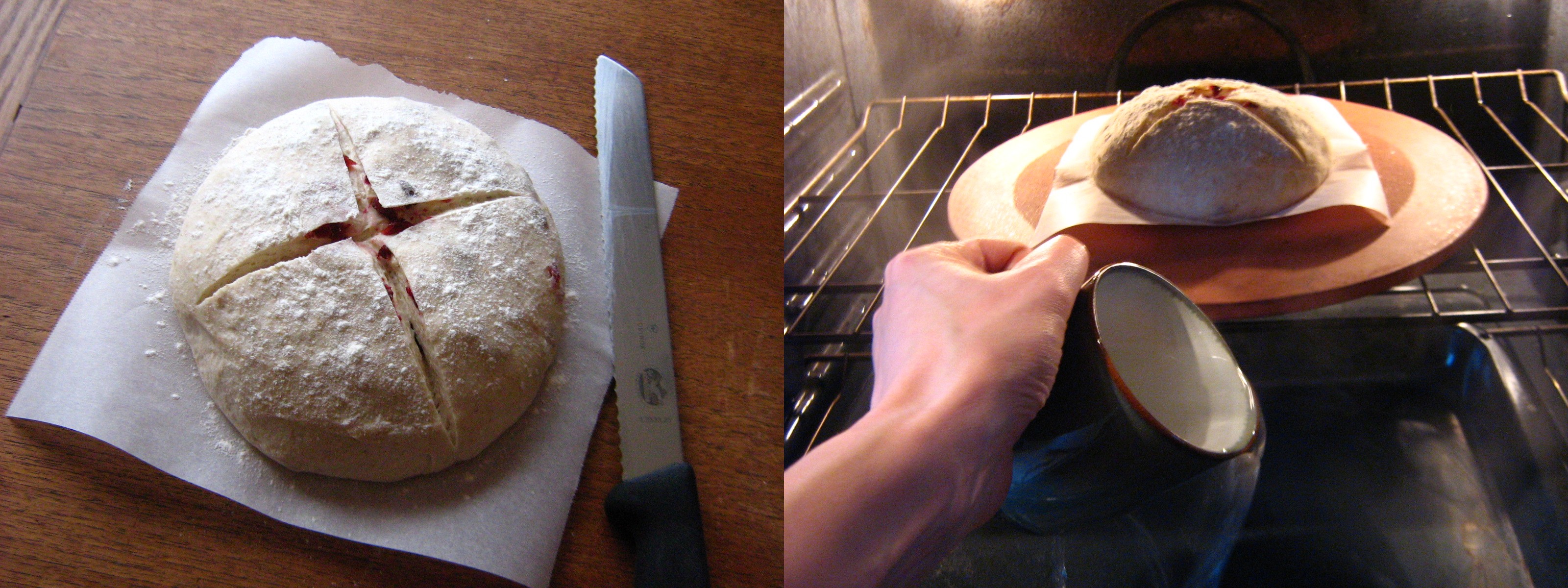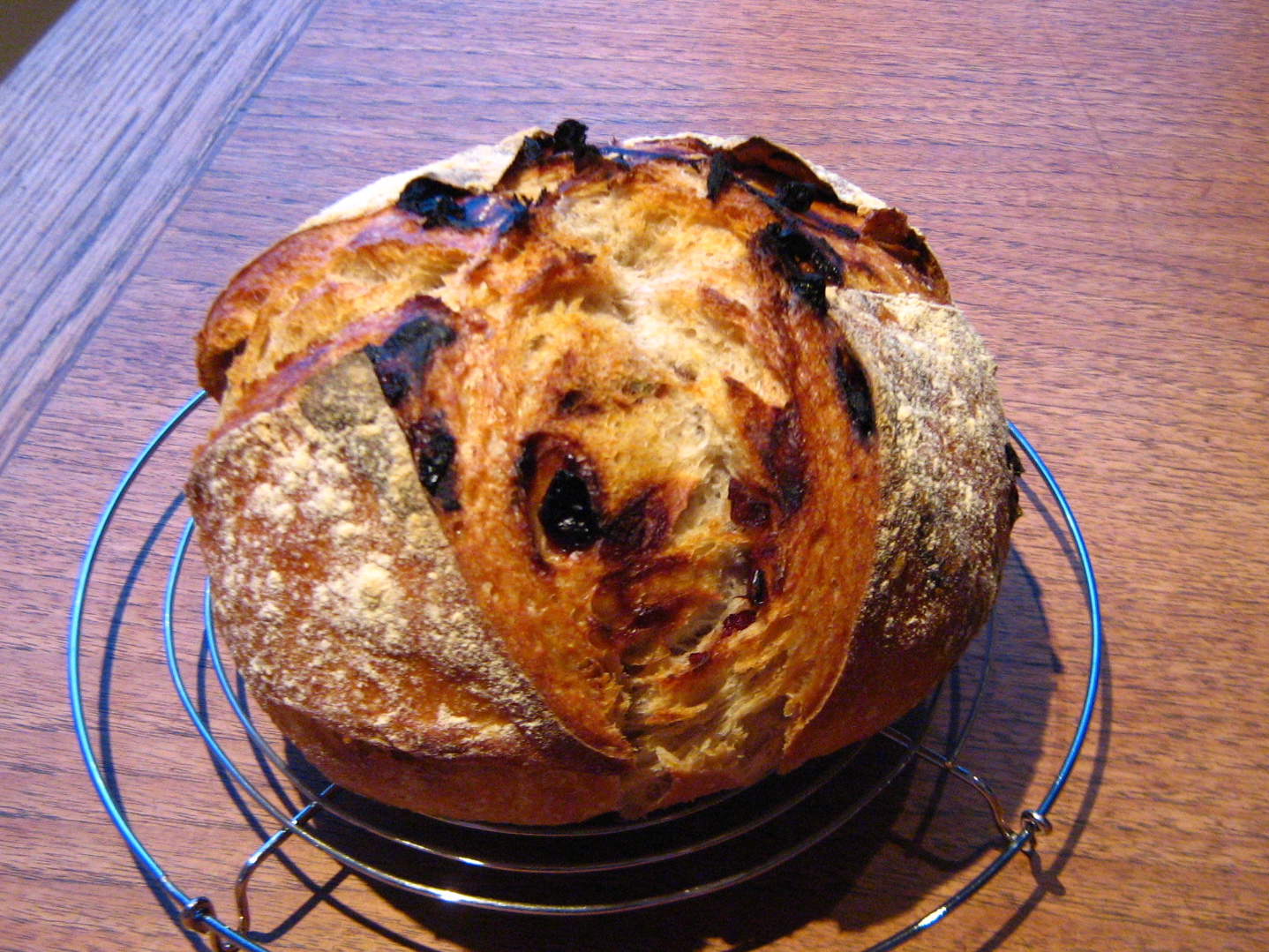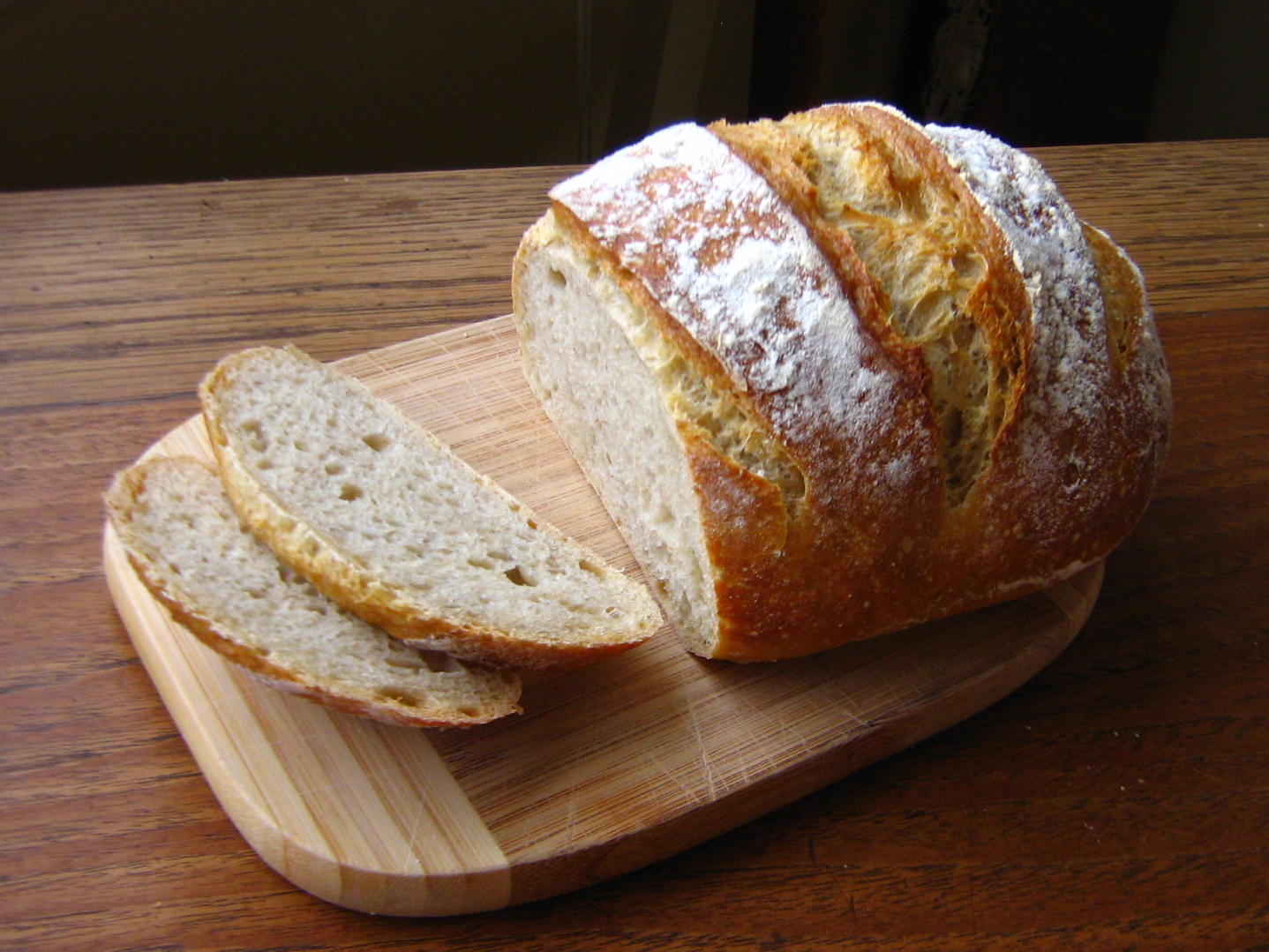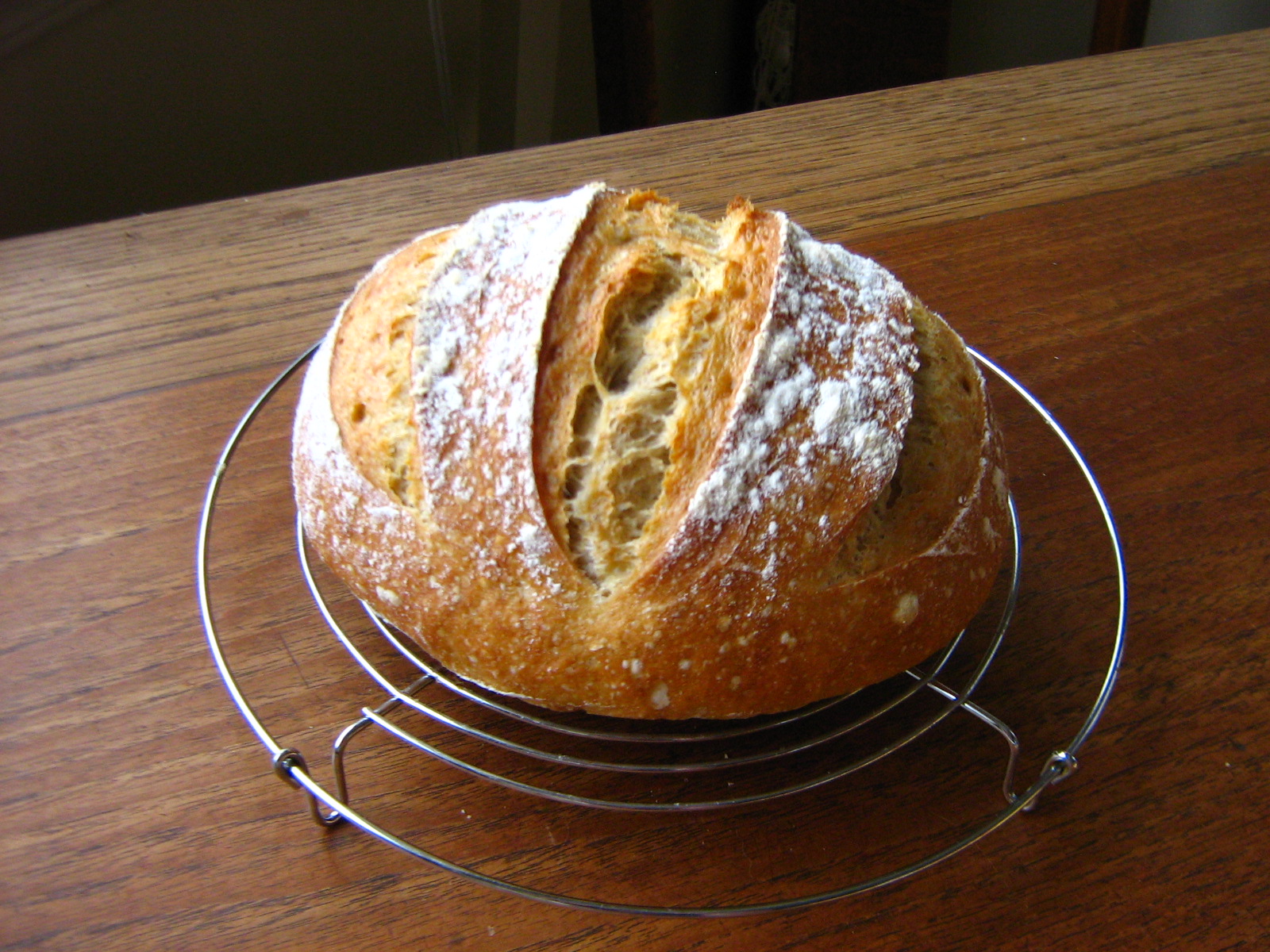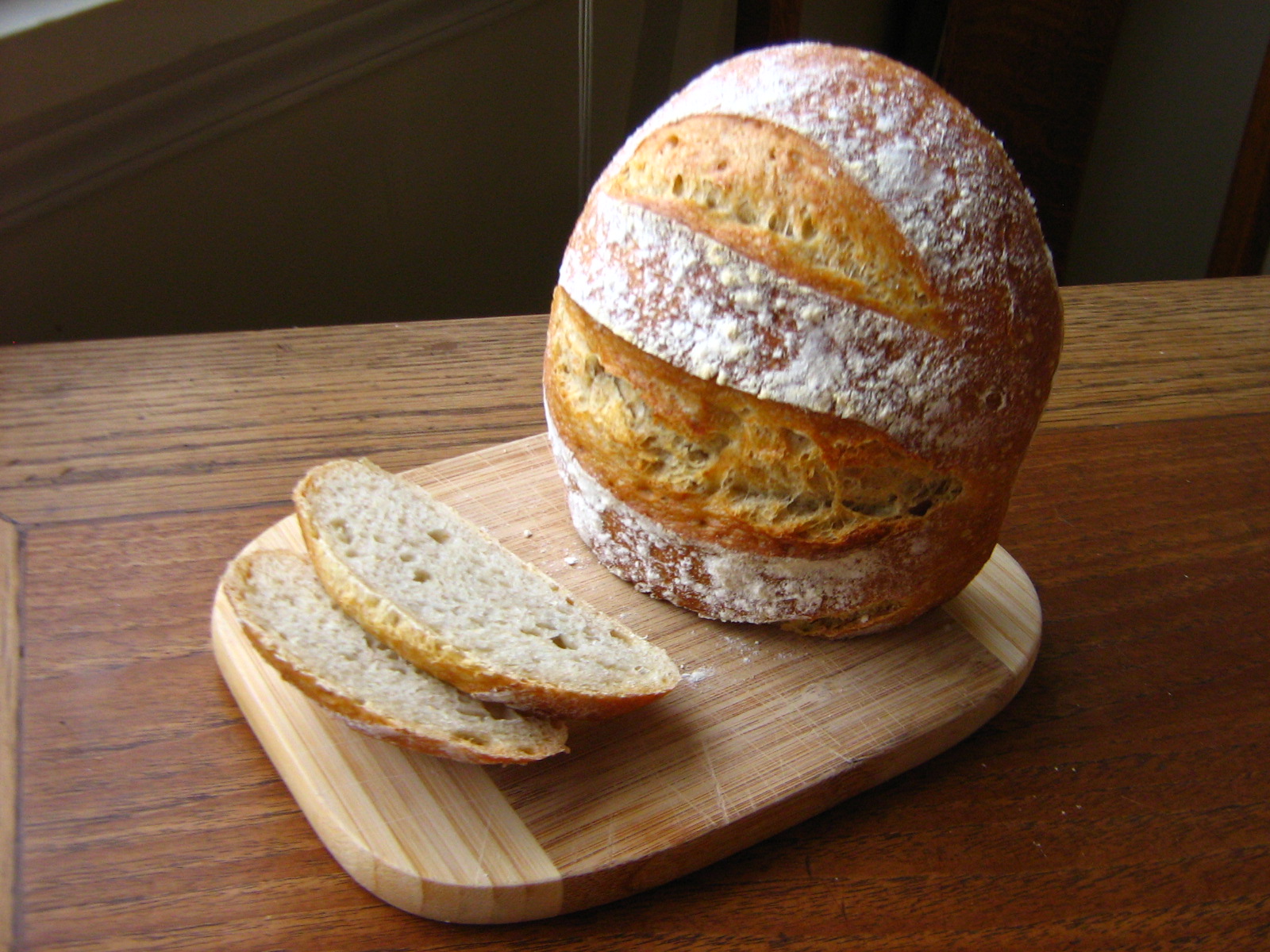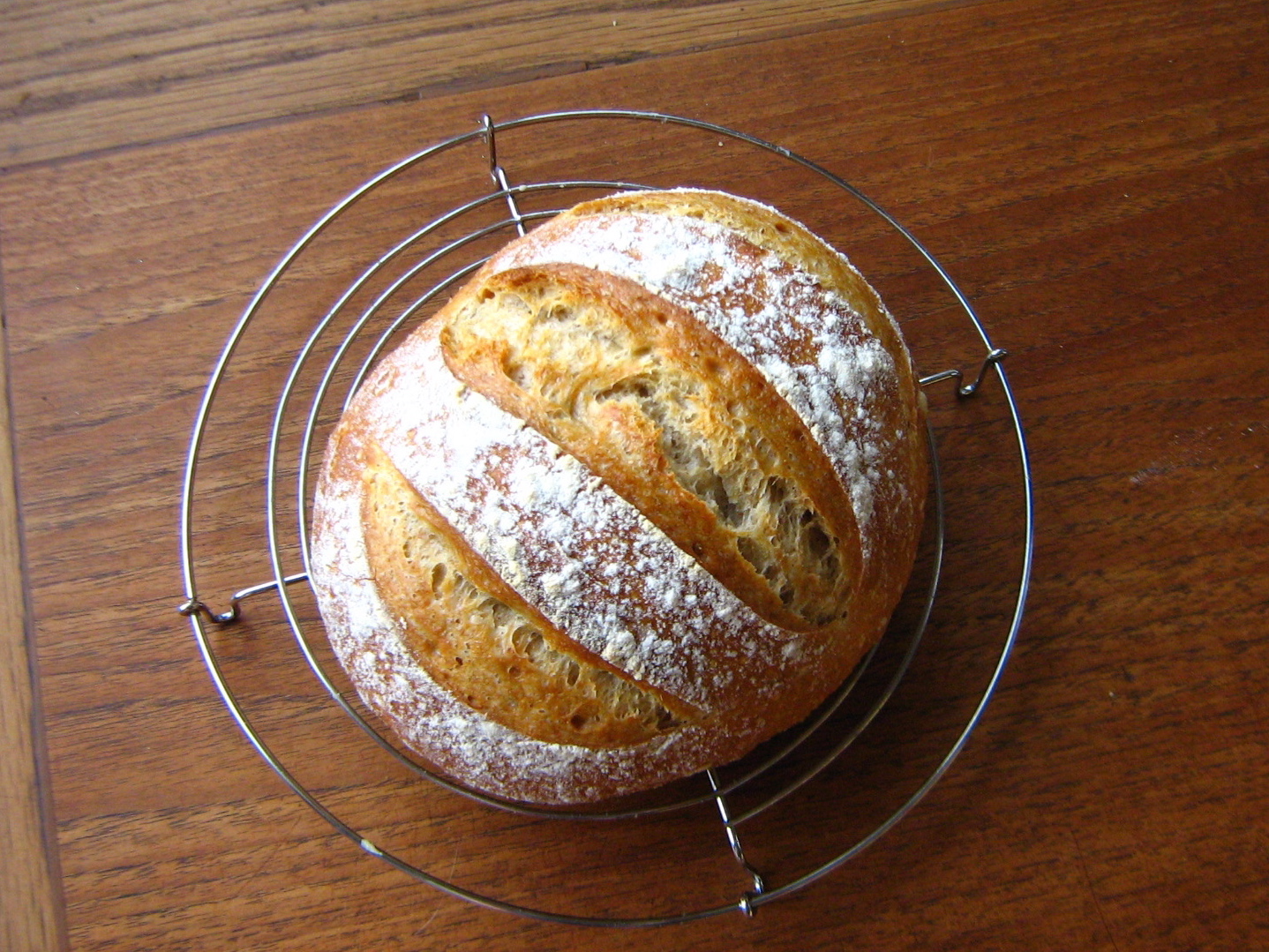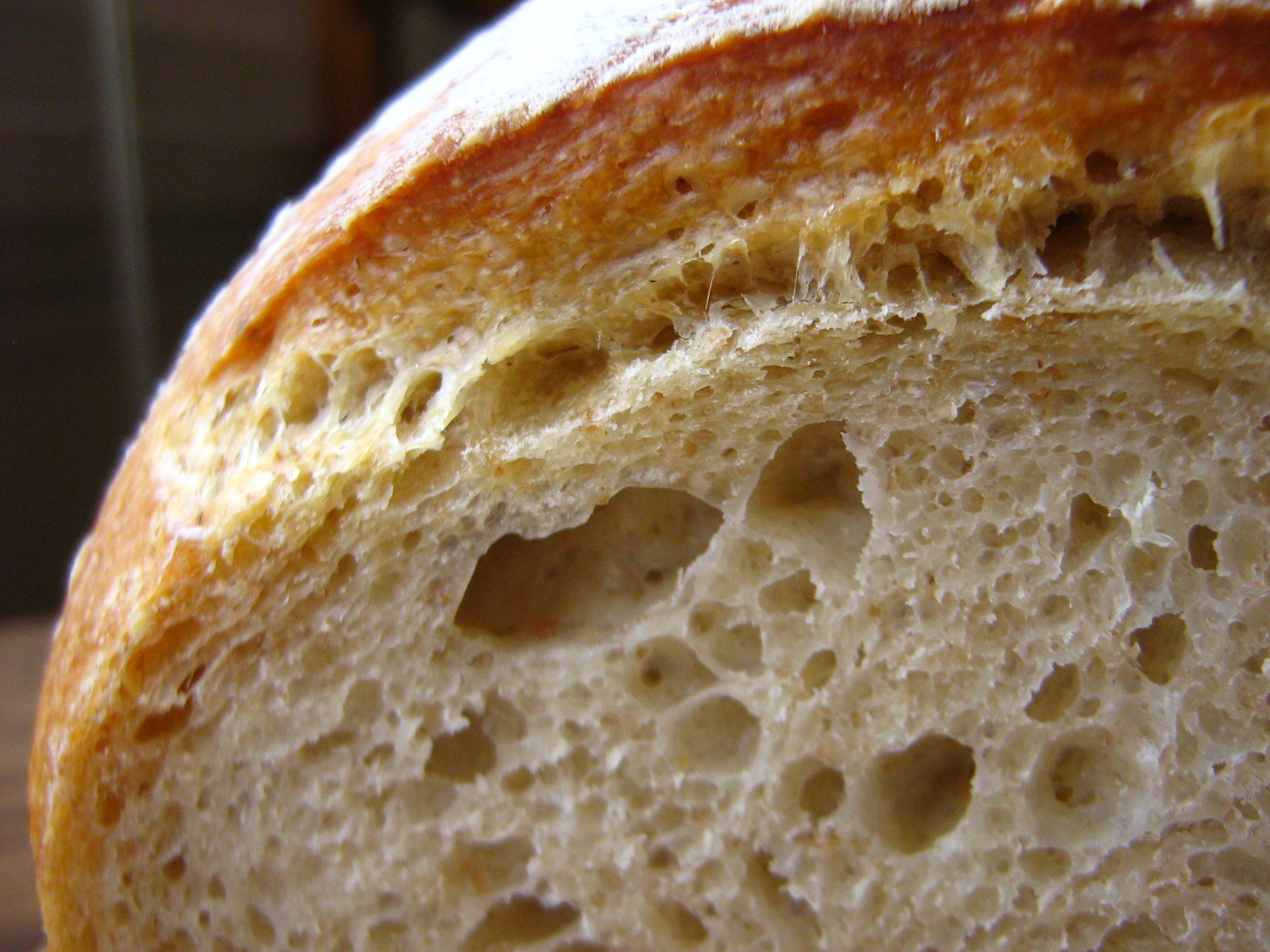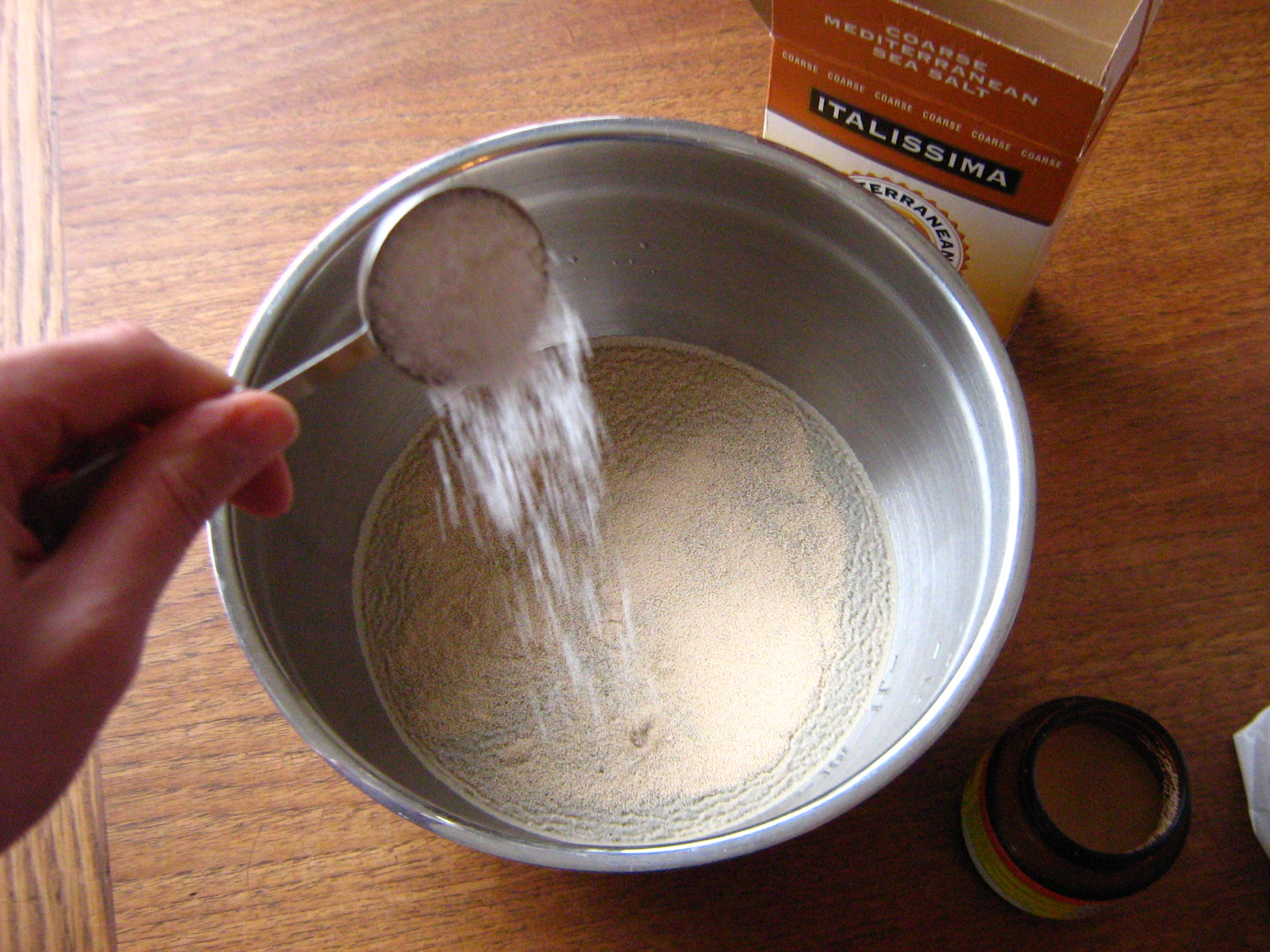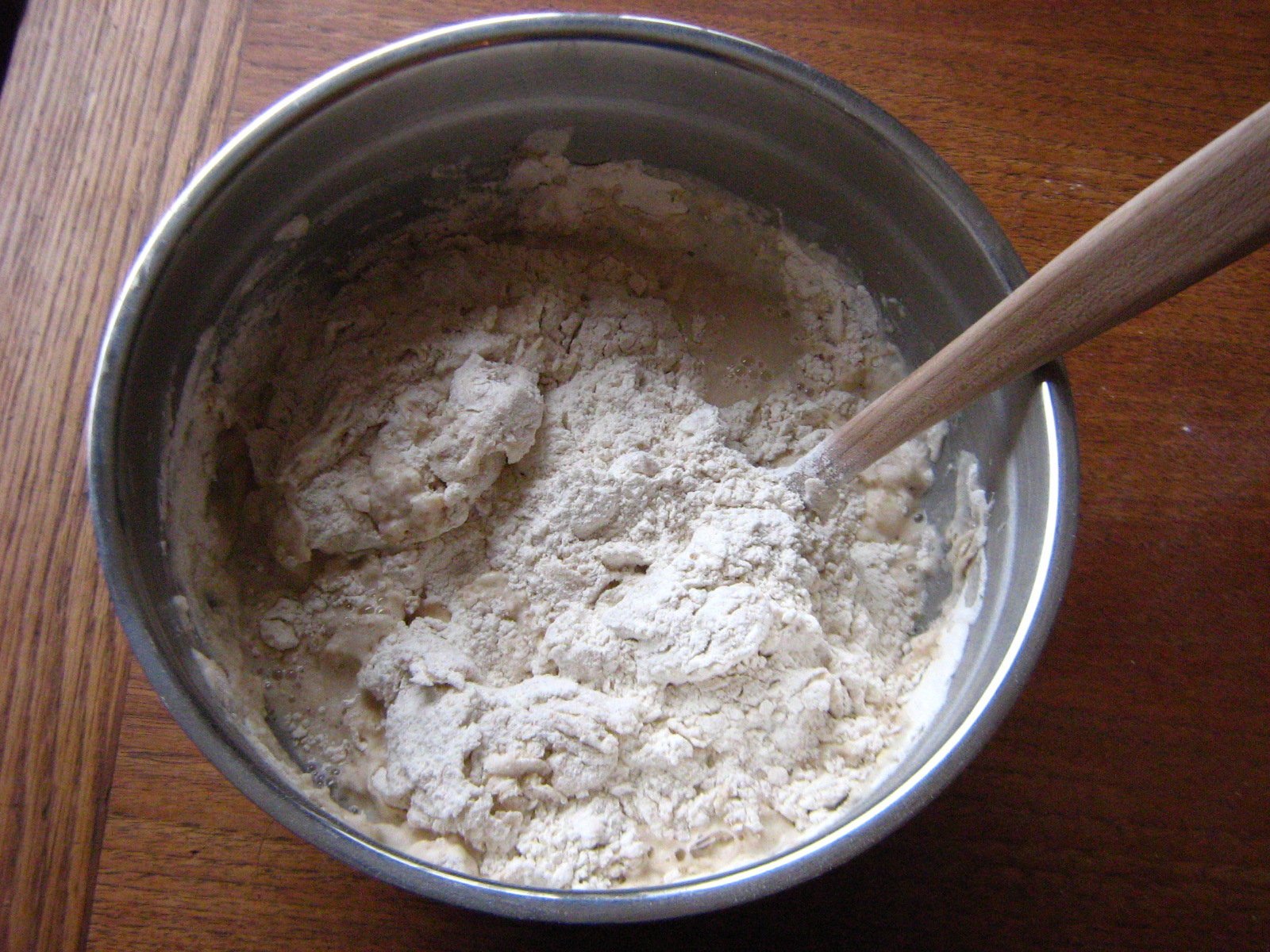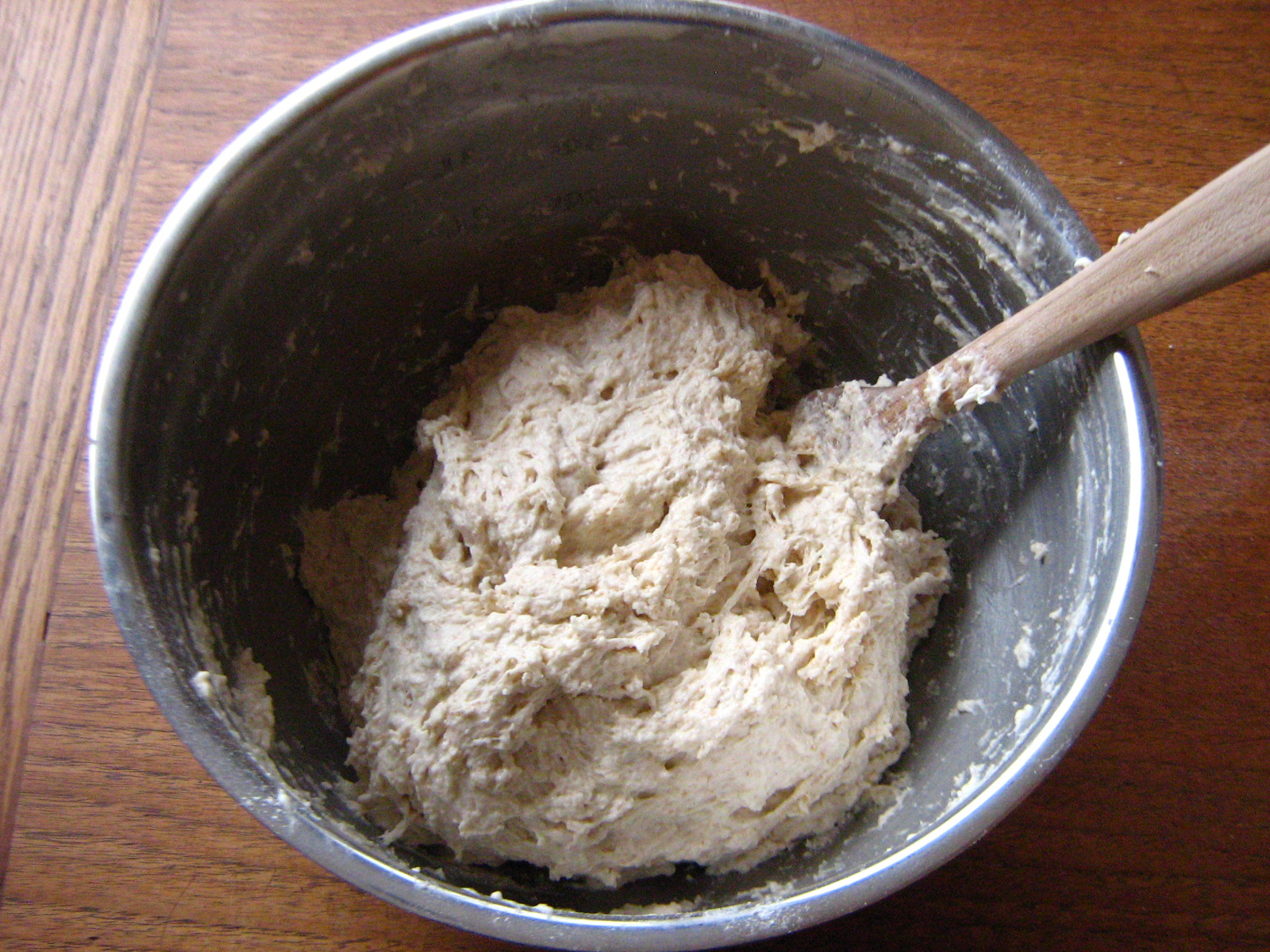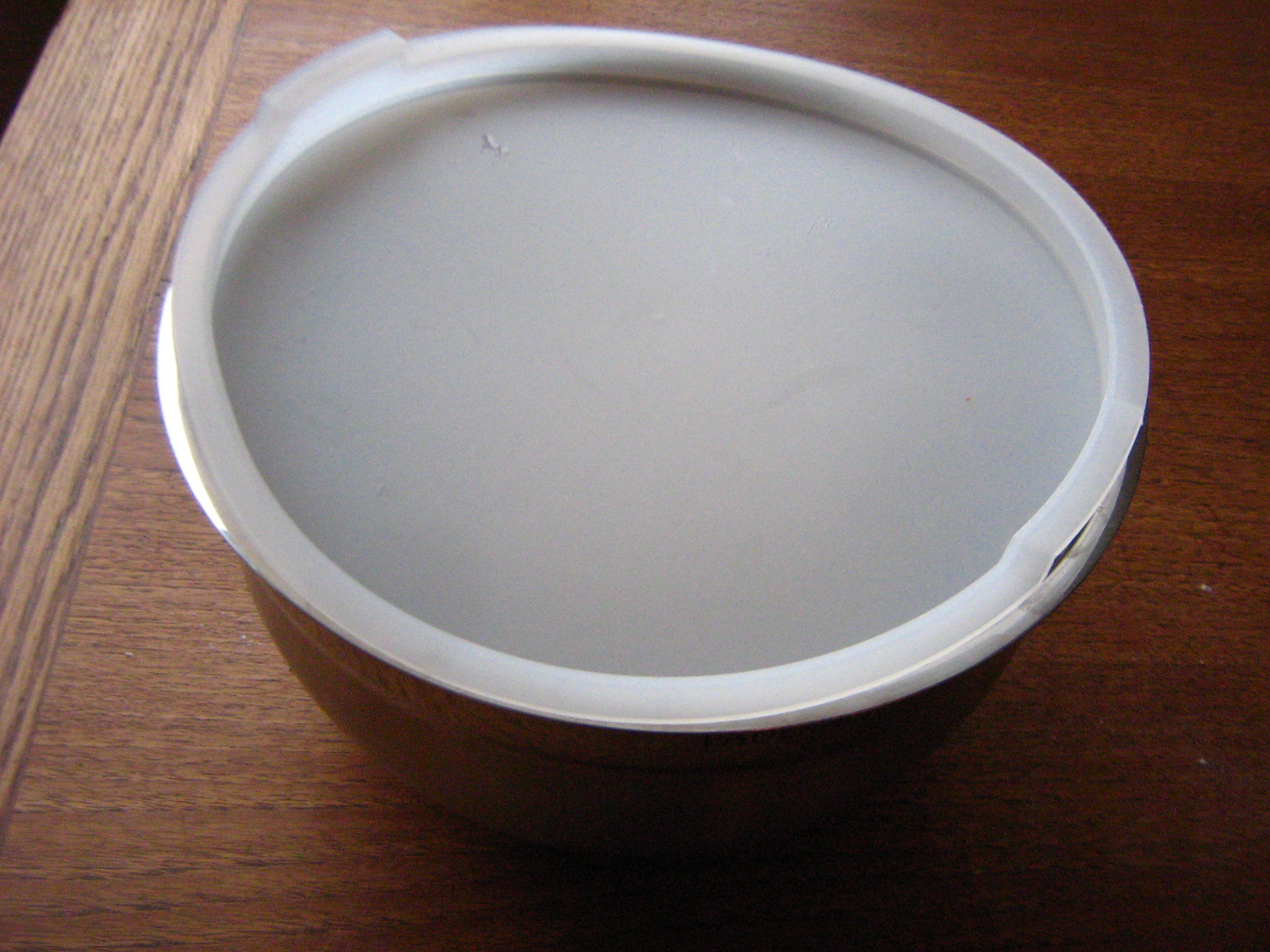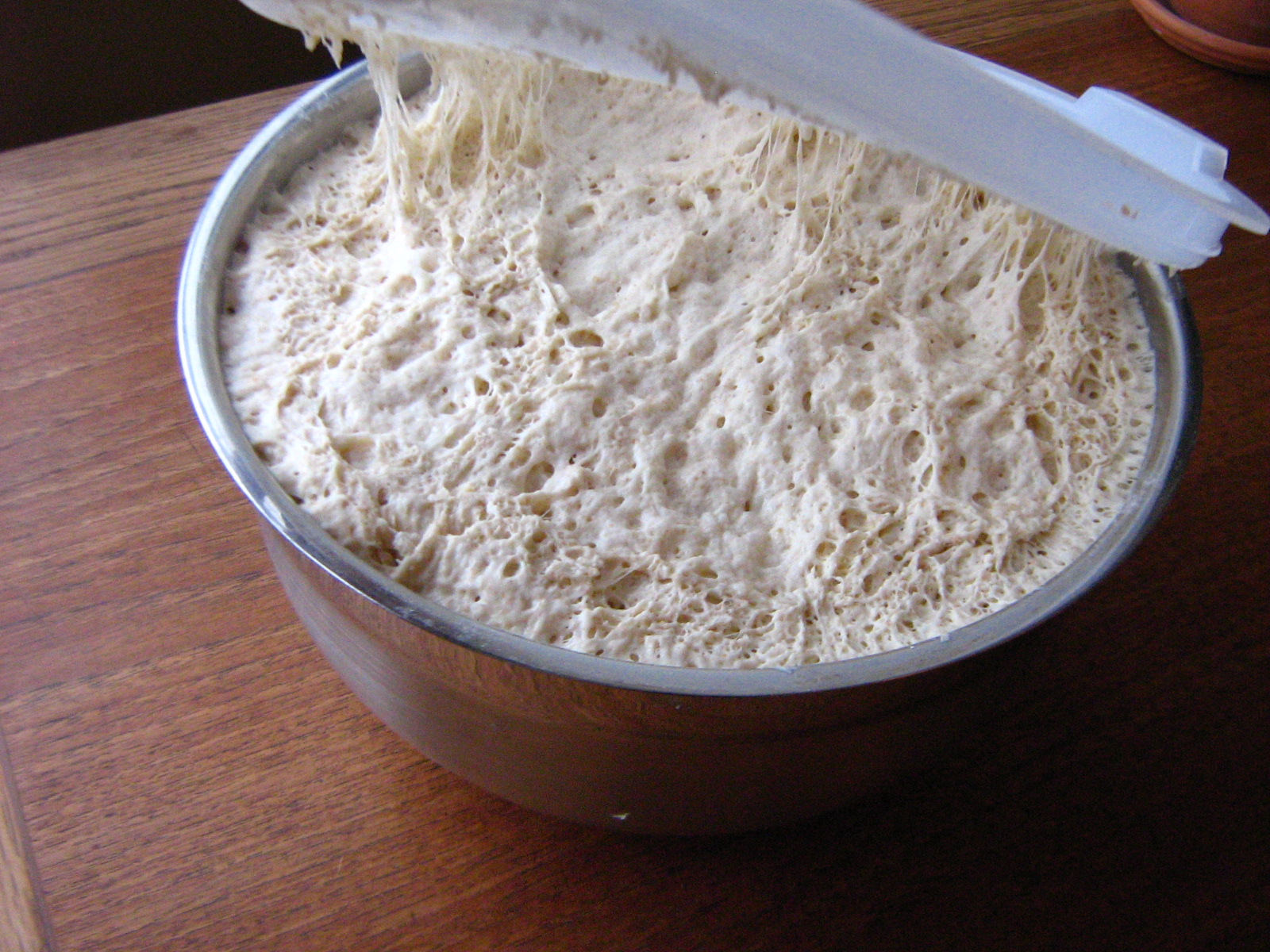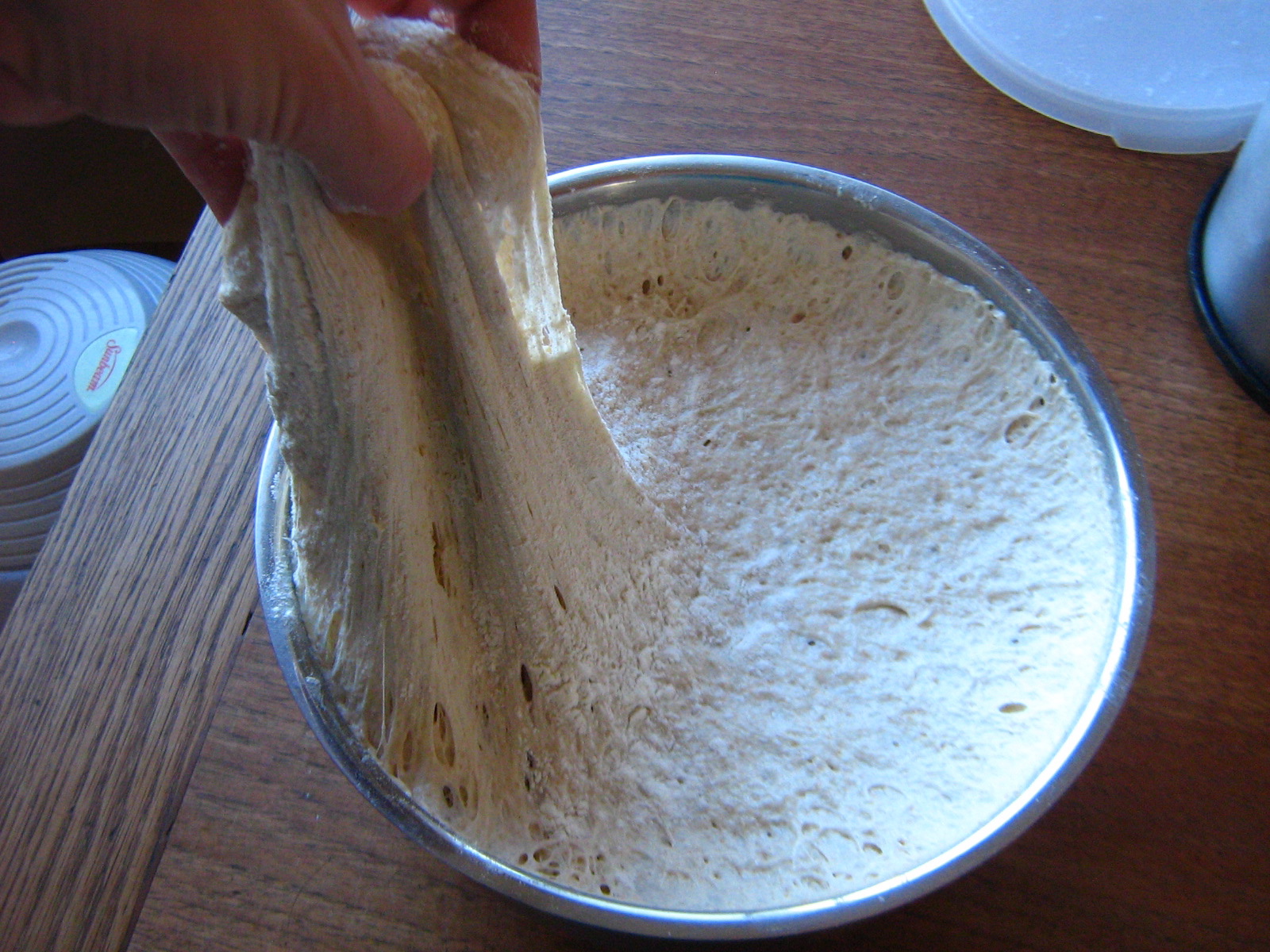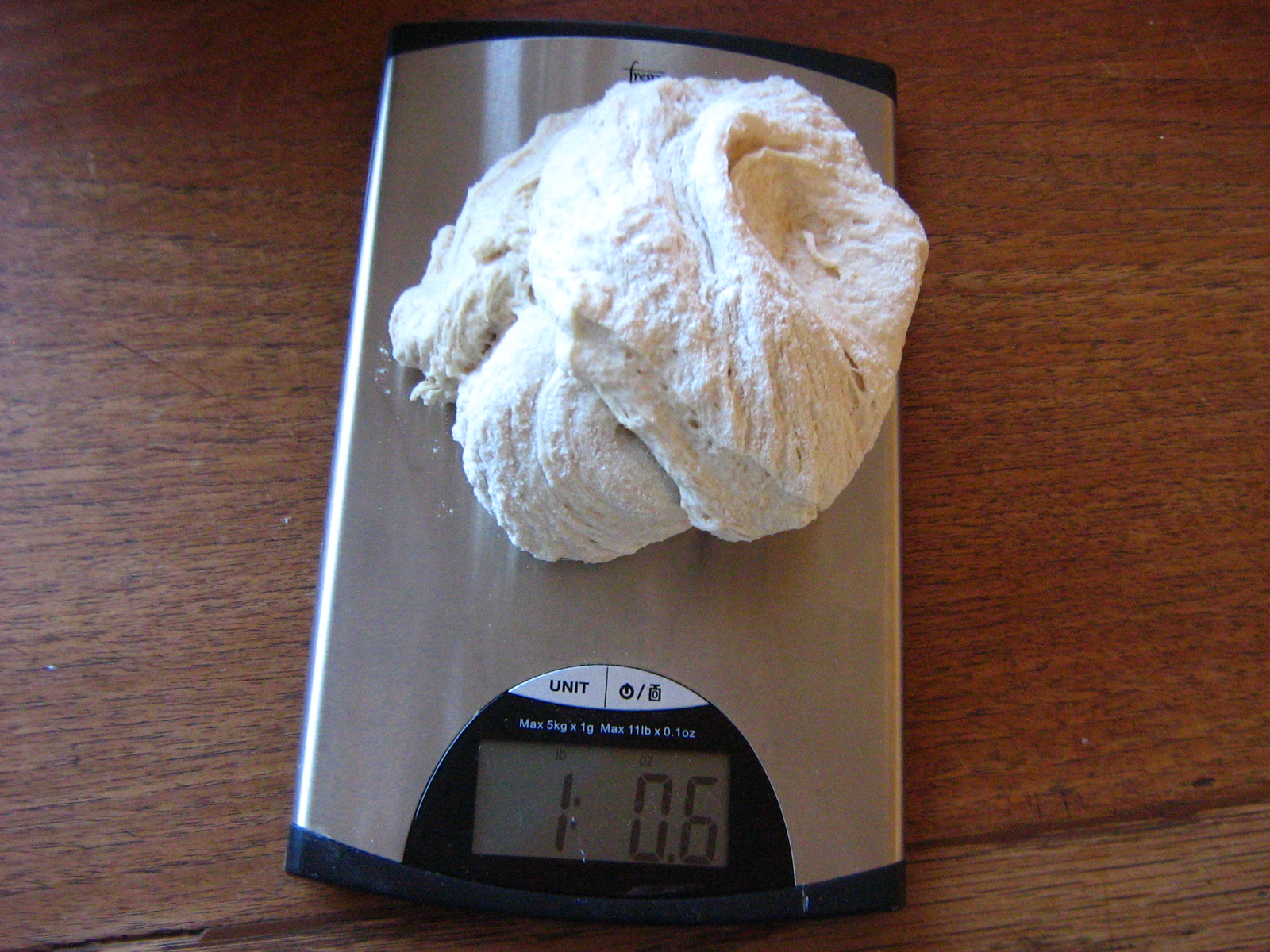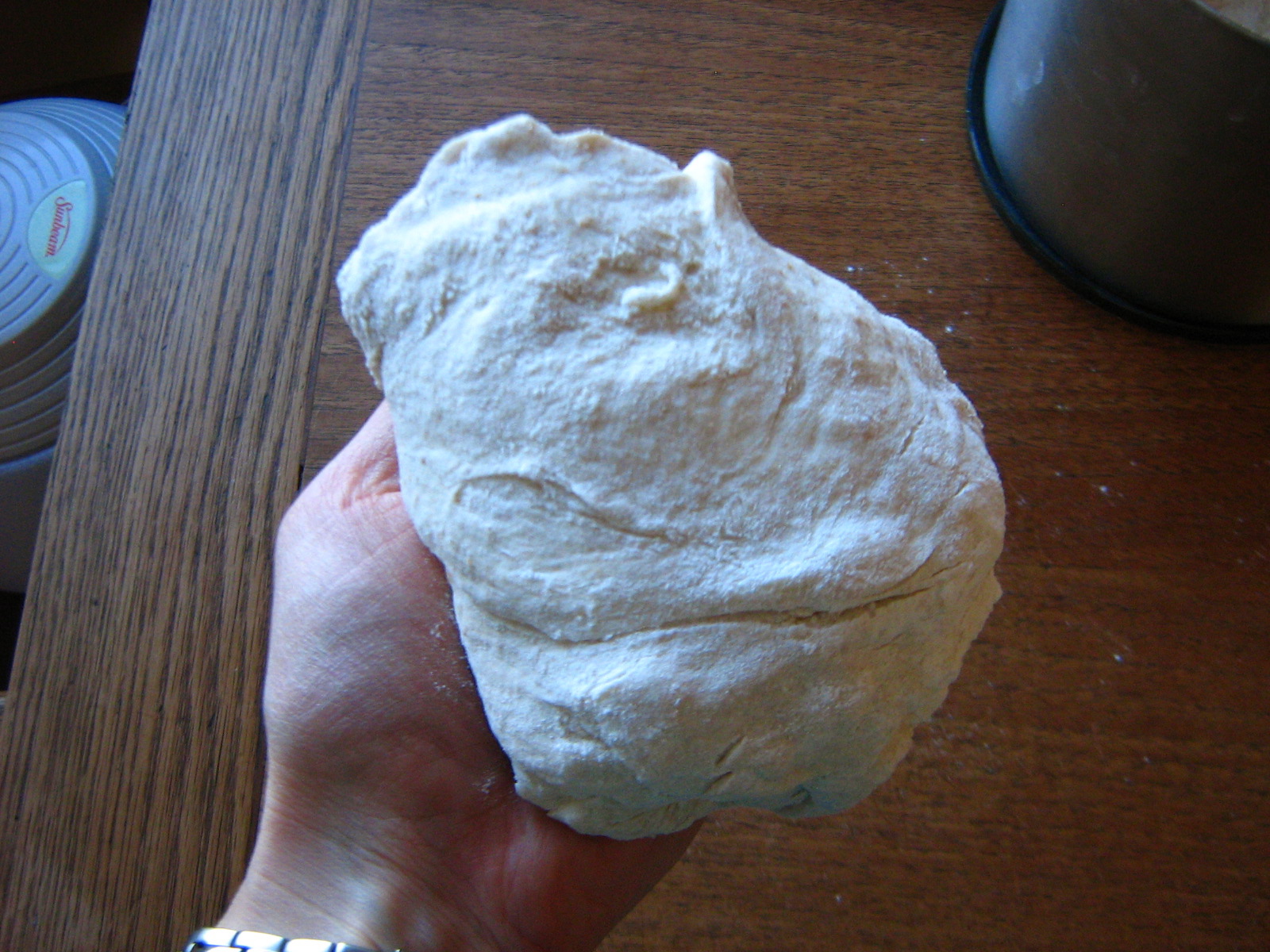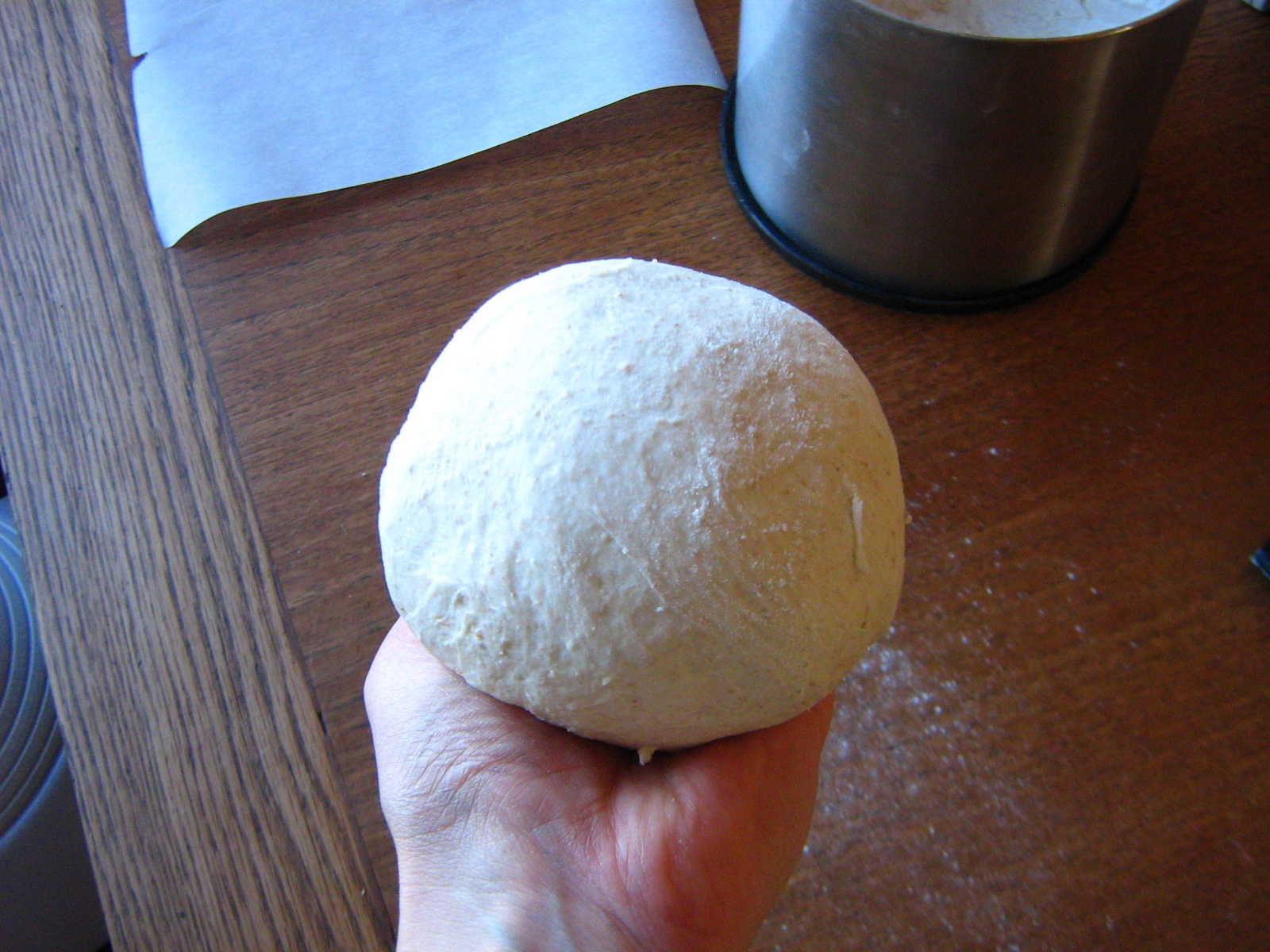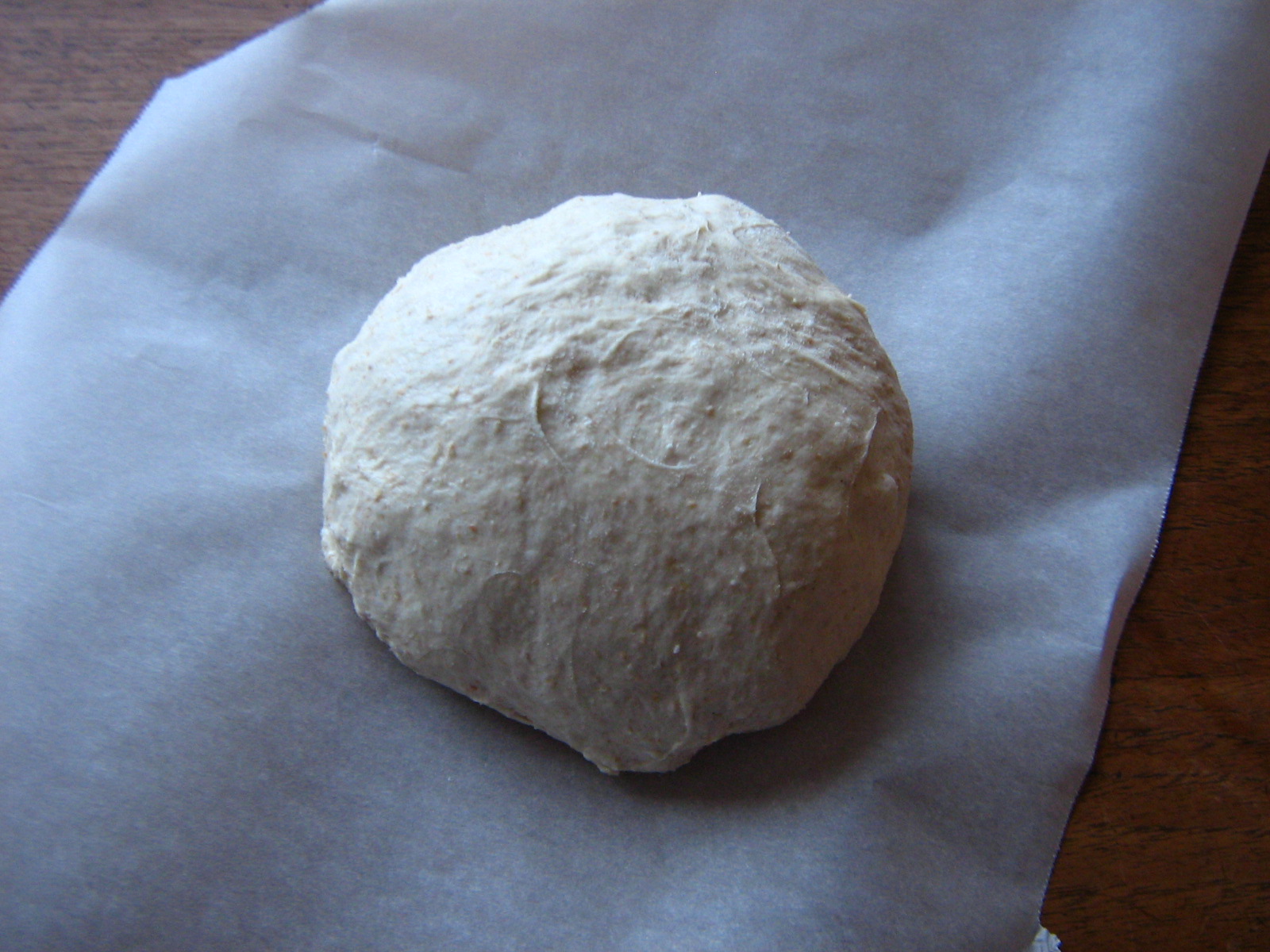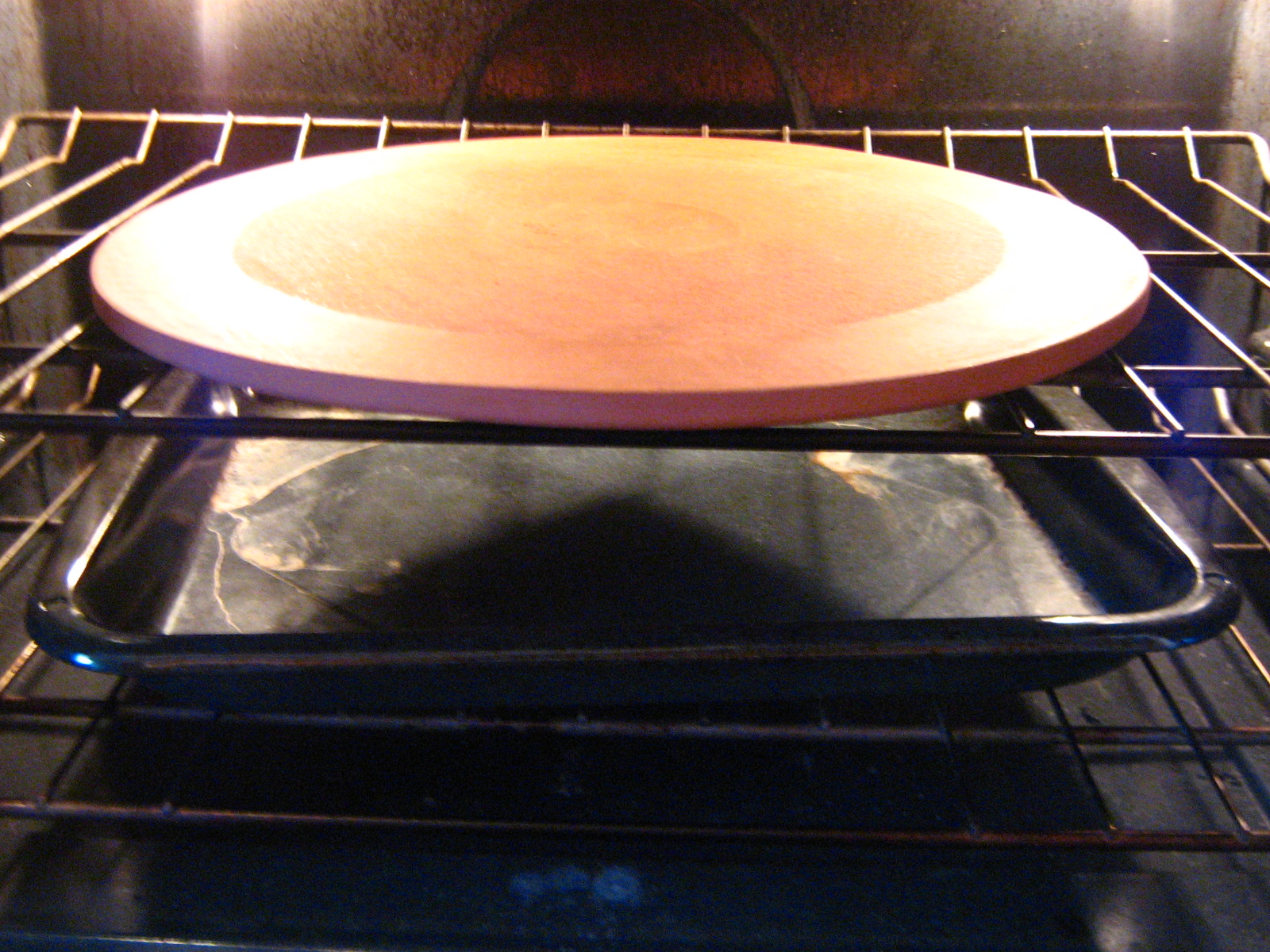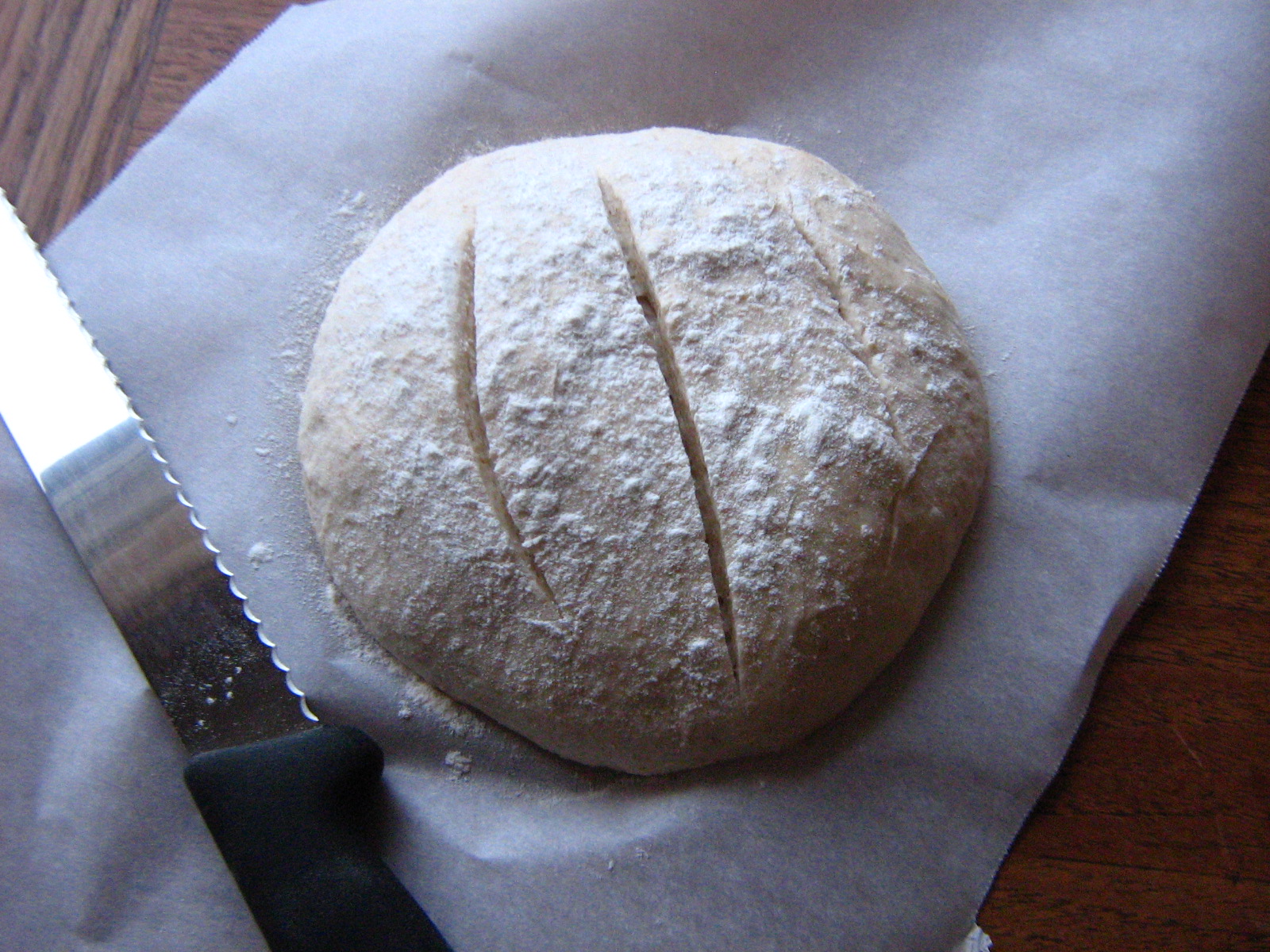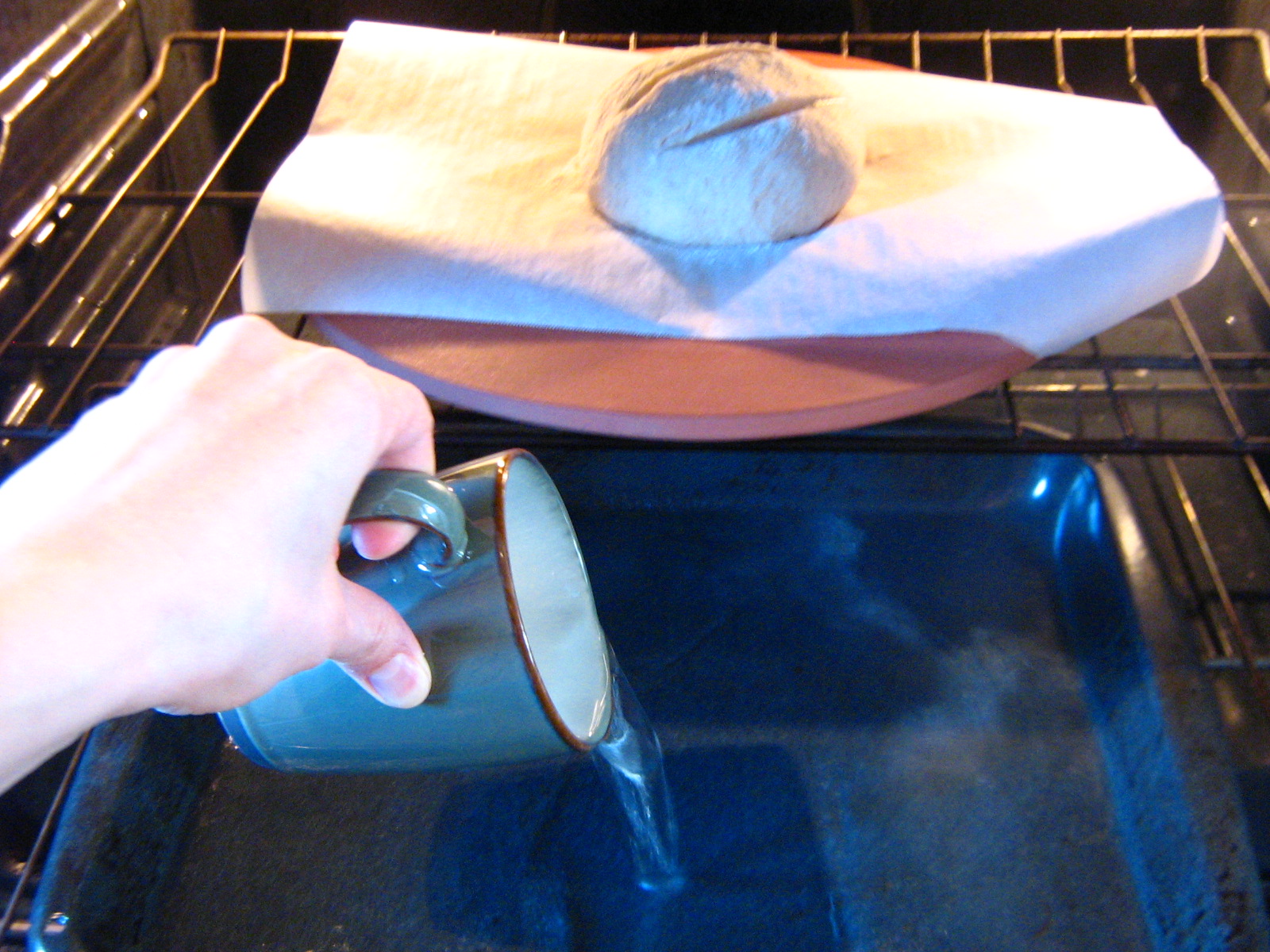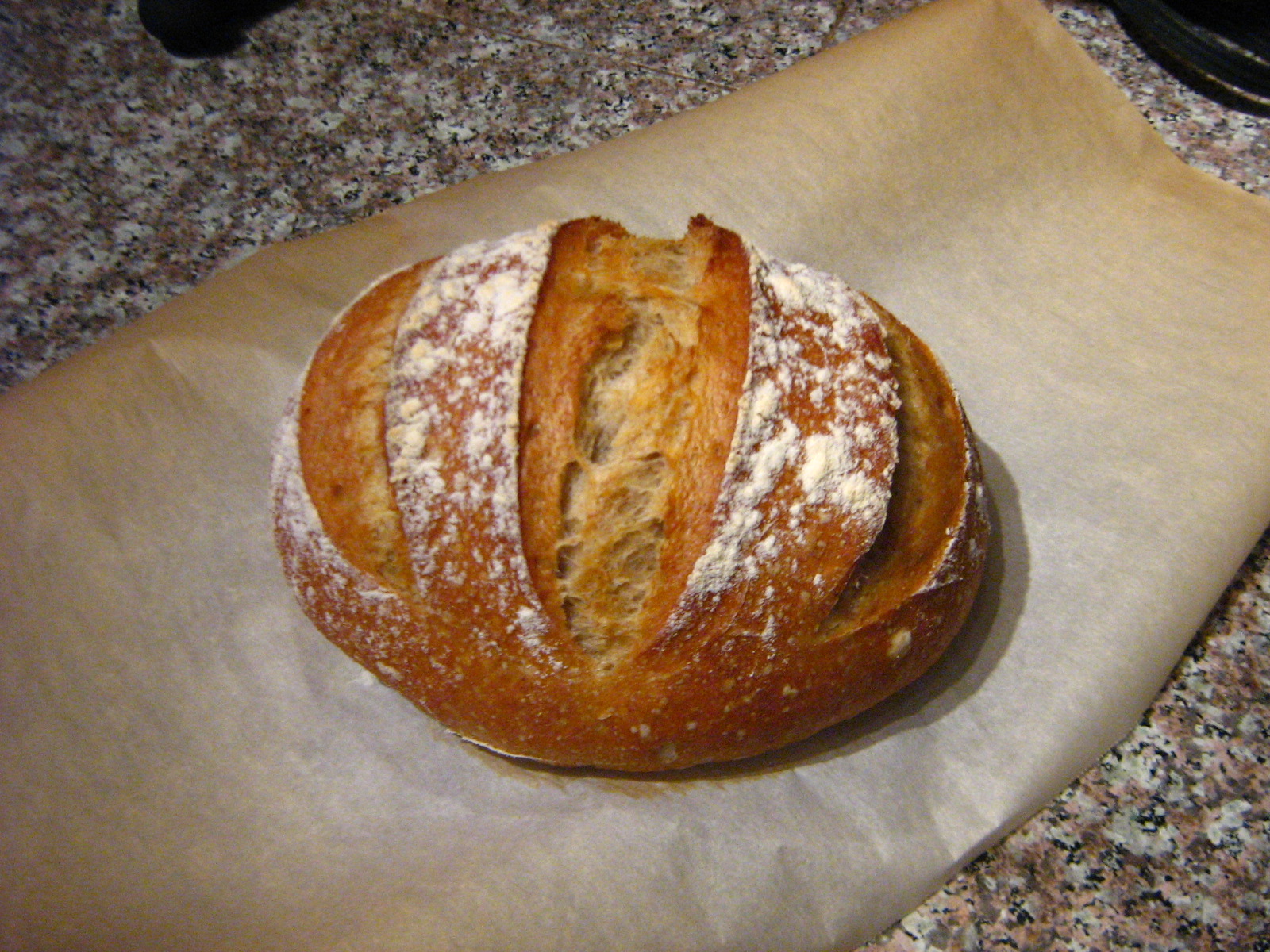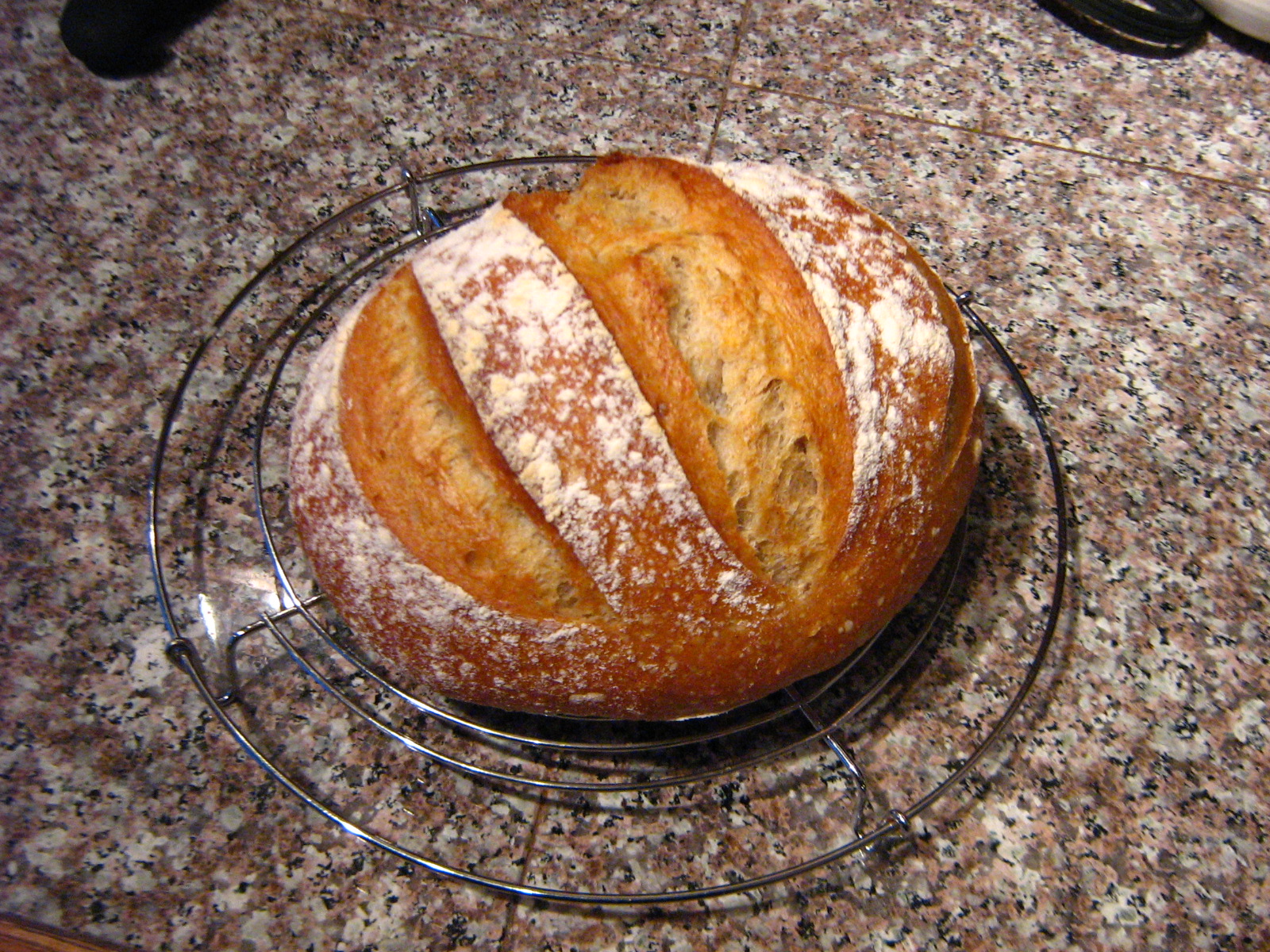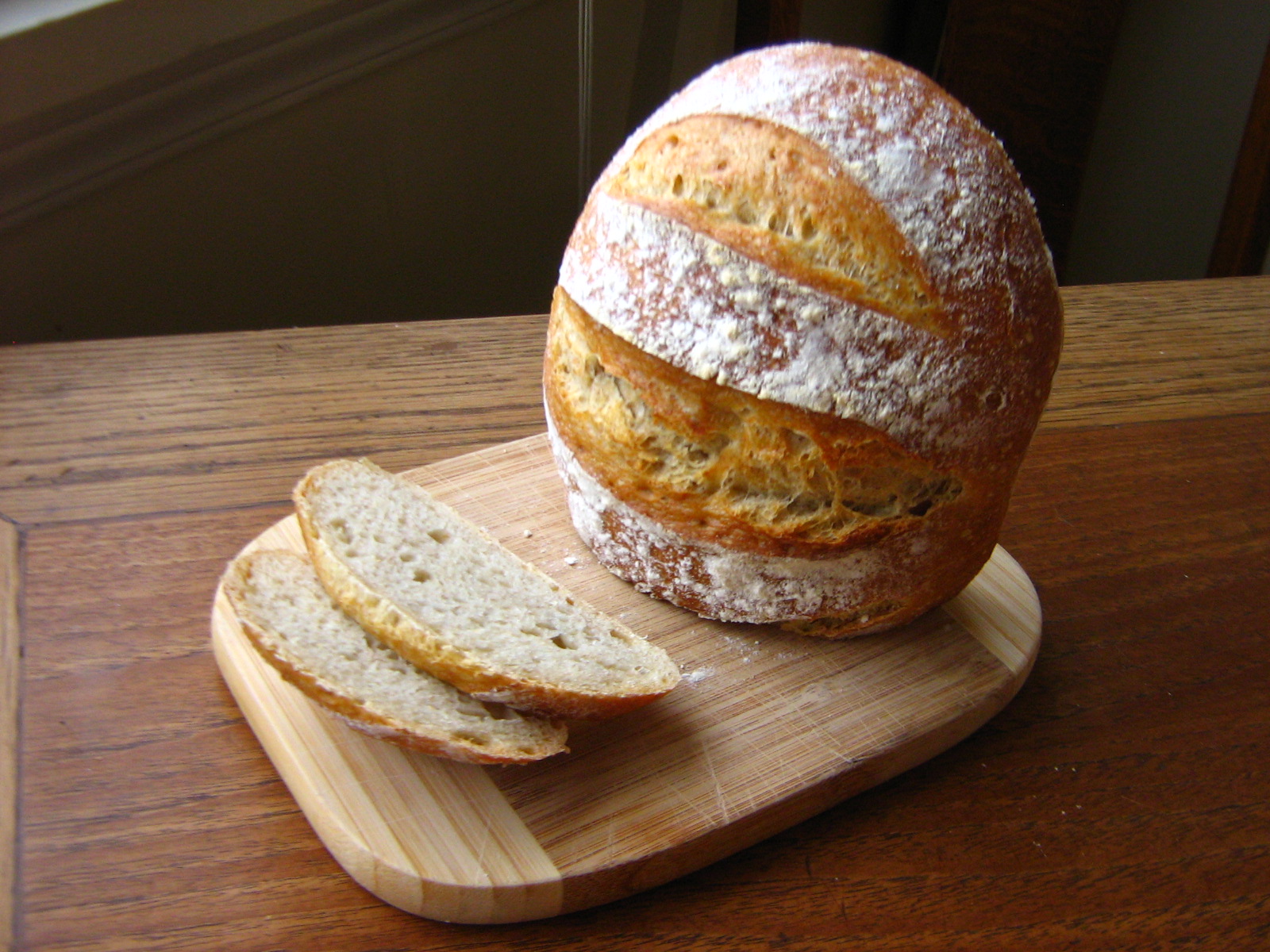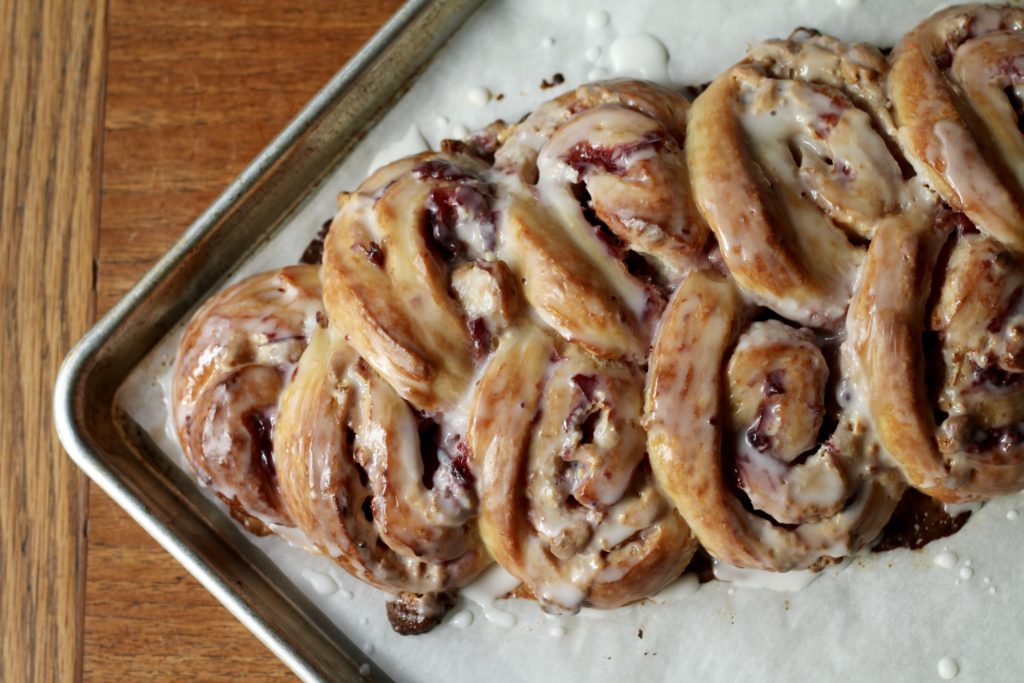
Along with the perfect Christmas dessert and the best Christmas cookies, every year I’m on the look out for a delicious holiday breakfast or brunch pastry – and this year, I think I may have stumbled on it kind of by accident. I had half a batch of challah dough in my freezer, a container of cranberry sauce leftover from Thanksgiving, and I’d just seen a photo of the beautiful poppy seed tea “braid” from Luisa Weiss‘ Classic German Baking – and it all came together in a swirly braid filled with cranberry sauce, white chocolate chunks, and lemon zest, glazed with a lemony icing. It was a huge loaf, so I gave some to friends and planned to take the rest to work to share with my colleagues… but plans changed when Nate and I discovered how good it was, and we ate it all ourselves! (Sorry, colleagues!)
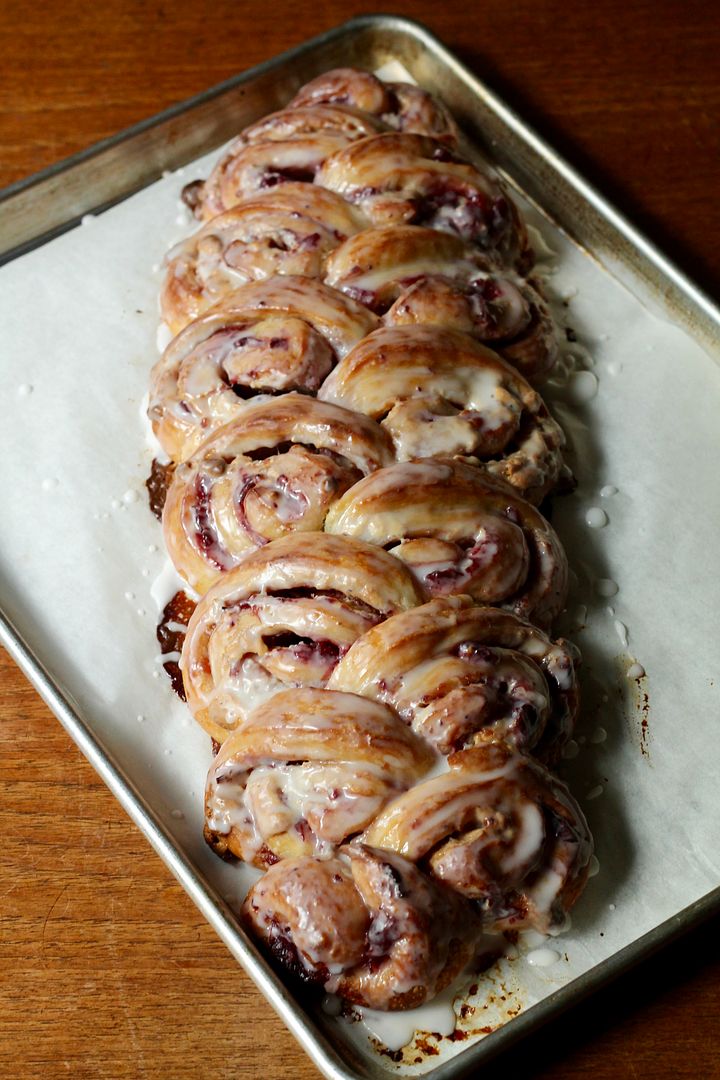
…
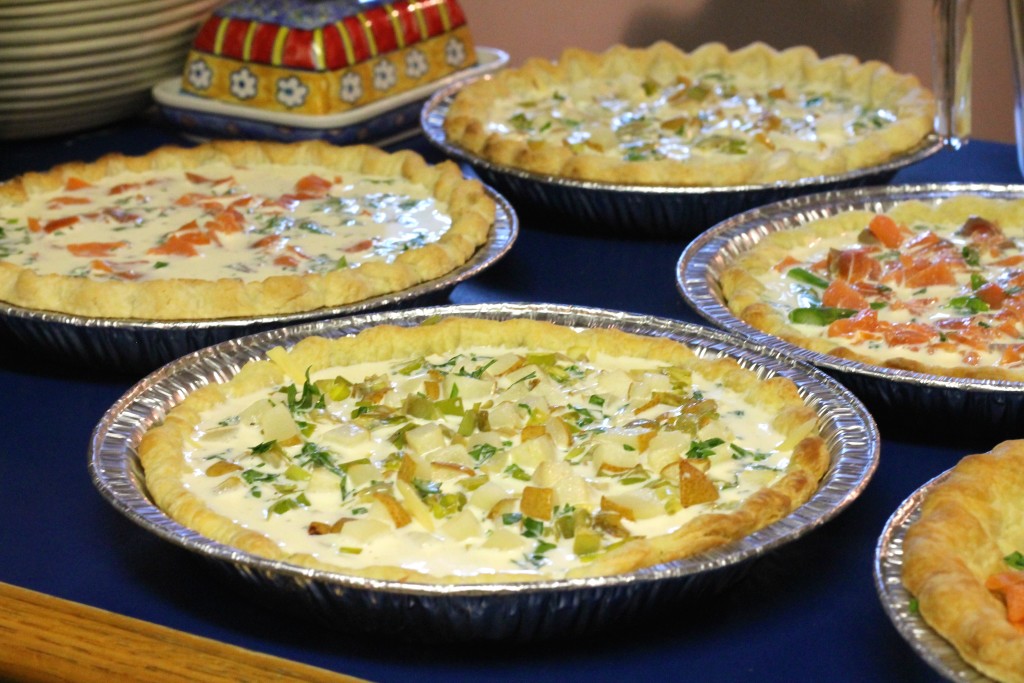 Last weekend I had the opportunity to cater a day-after-the-wedding brunch for a friend’s family. I love this kind of thing because not only do I get to bake and cook to my heart’s content, but I also get to do a lot of figuring out: coming up with a menu, researching recipes, scaling them up and down, and writing out list after list. Calculating exactly how many eggs I will need to make a dozen quiche plus four dozen cinnamon brioche buns is the kind of math I can get behind. I found a great resource in
Last weekend I had the opportunity to cater a day-after-the-wedding brunch for a friend’s family. I love this kind of thing because not only do I get to bake and cook to my heart’s content, but I also get to do a lot of figuring out: coming up with a menu, researching recipes, scaling them up and down, and writing out list after list. Calculating exactly how many eggs I will need to make a dozen quiche plus four dozen cinnamon brioche buns is the kind of math I can get behind. I found a great resource in 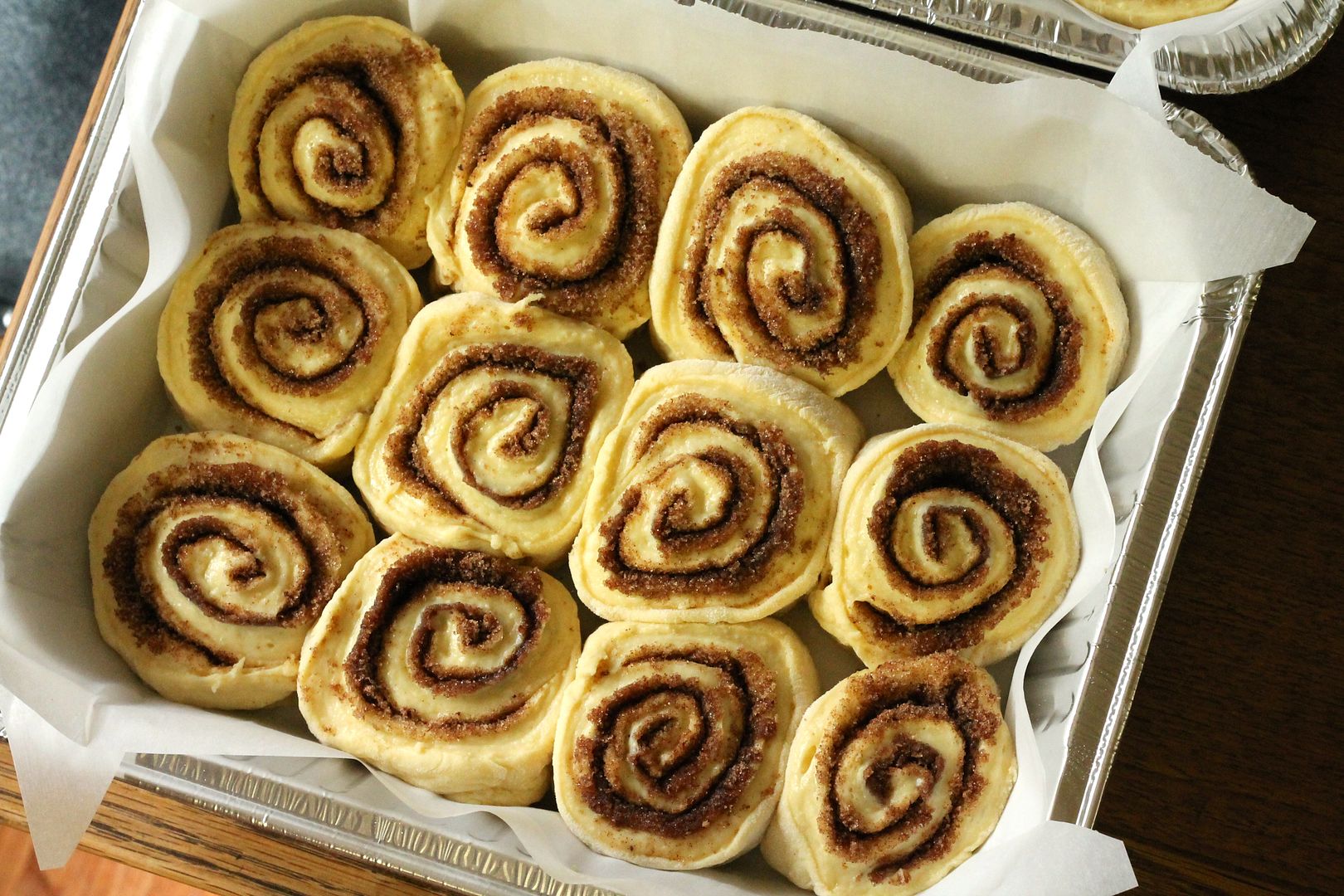
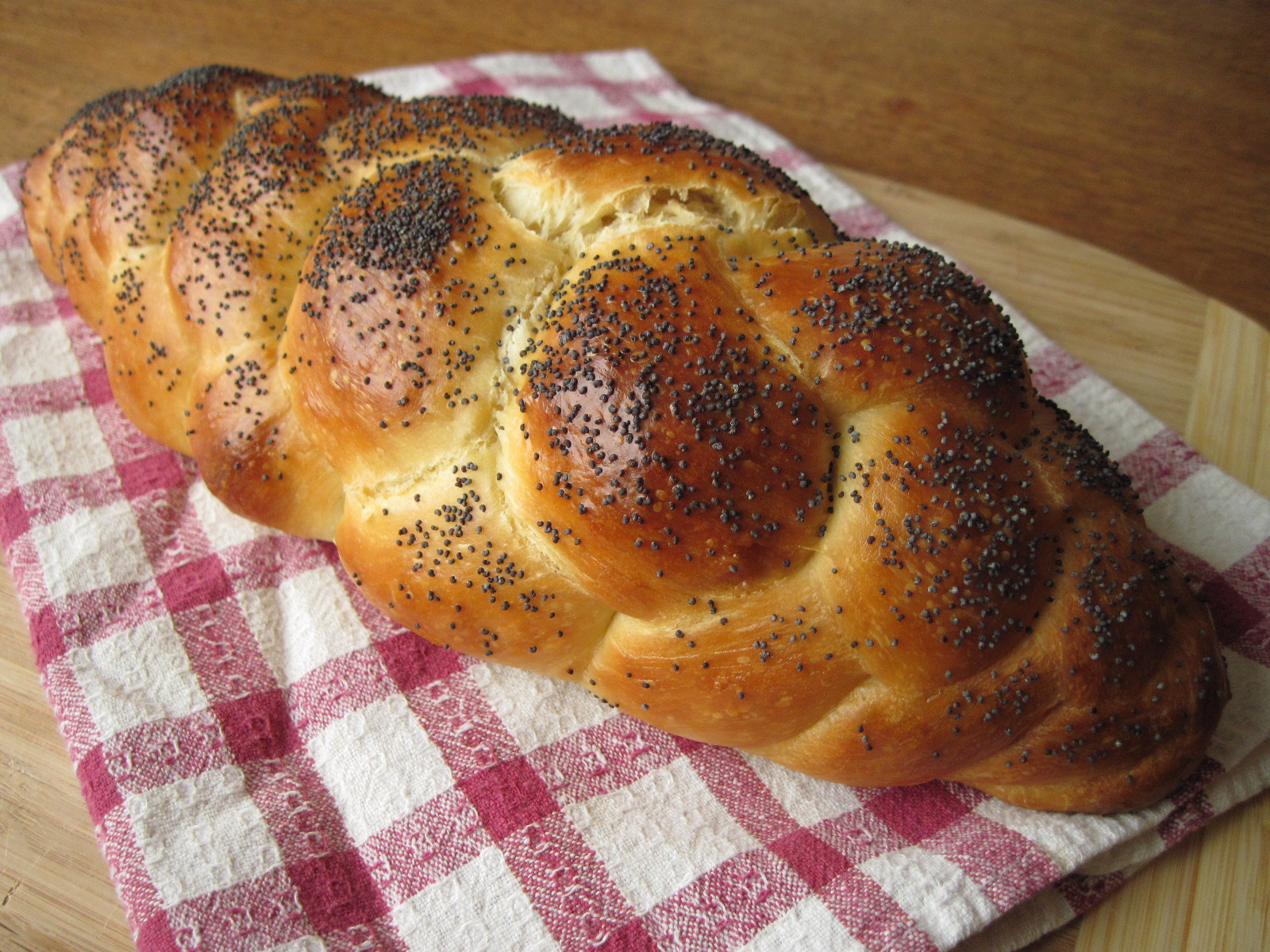 This is, sadly, the final installment of my
This is, sadly, the final installment of my 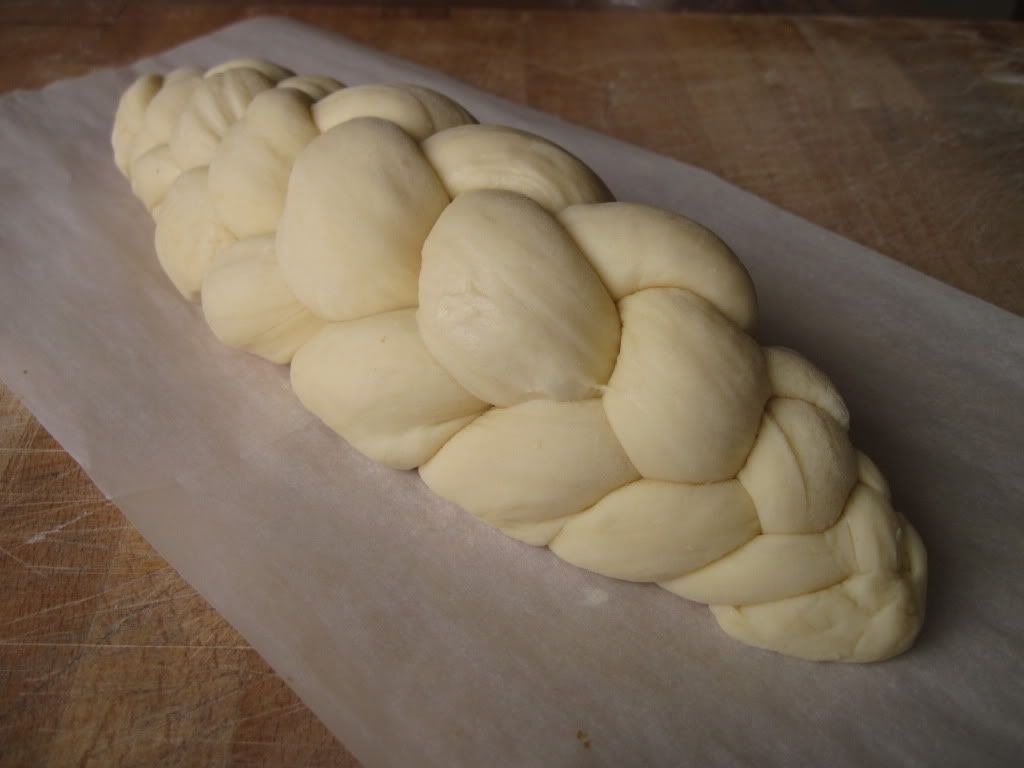
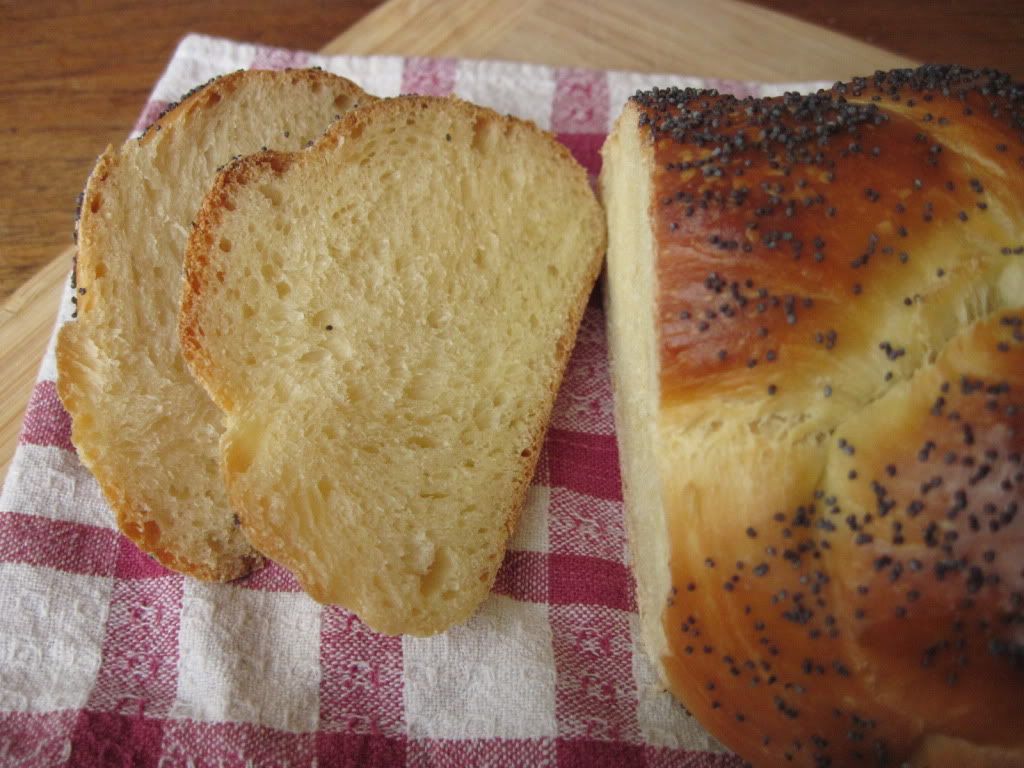


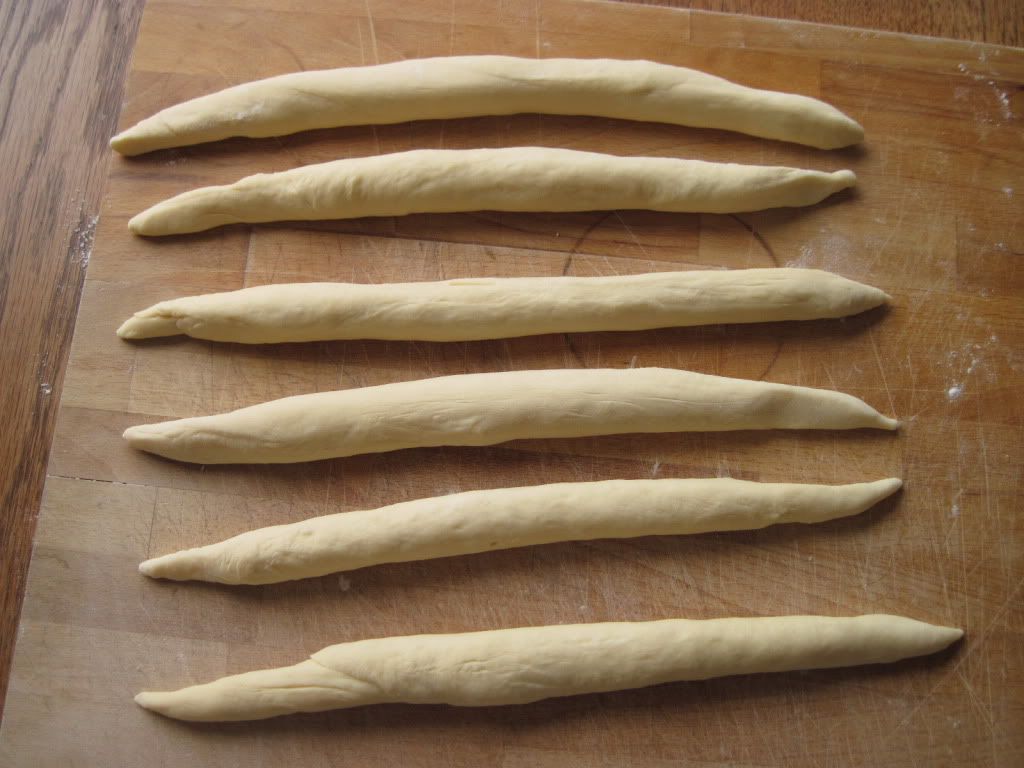
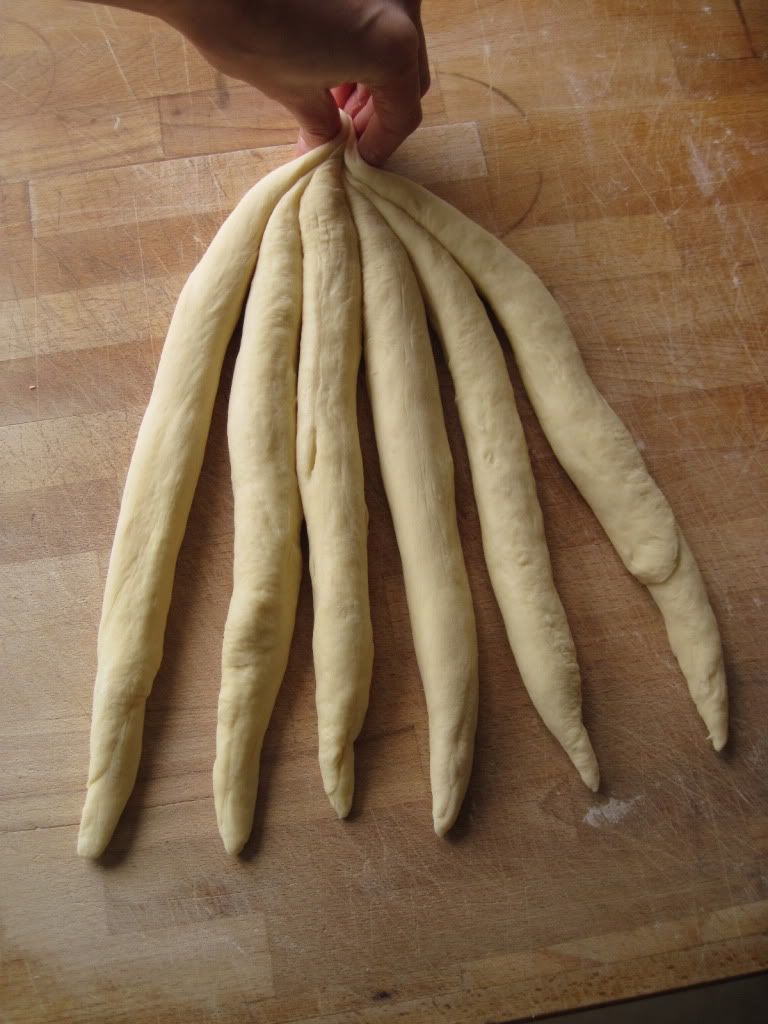

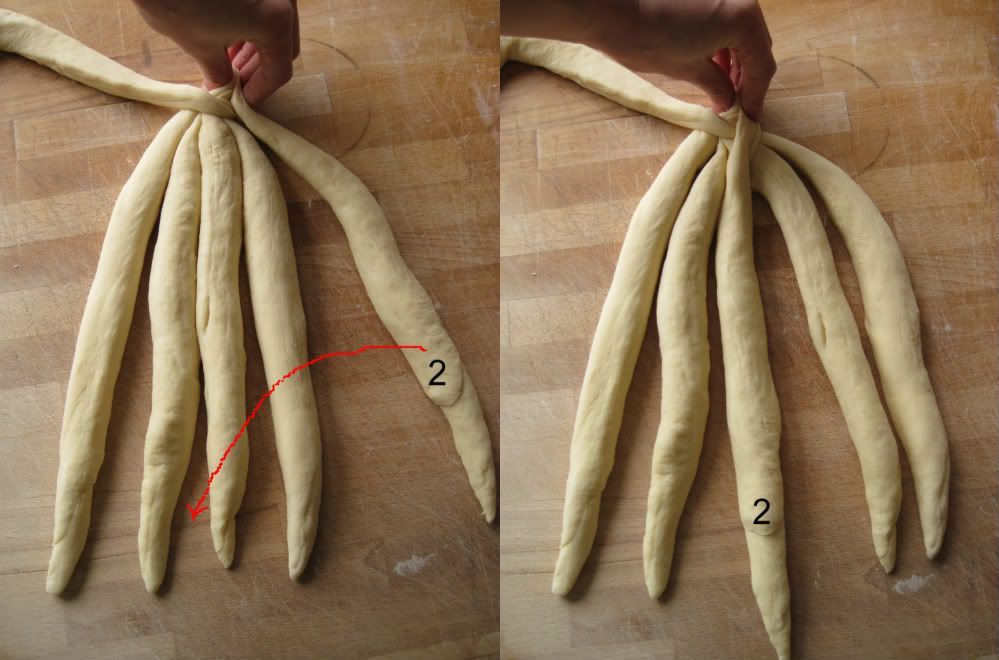
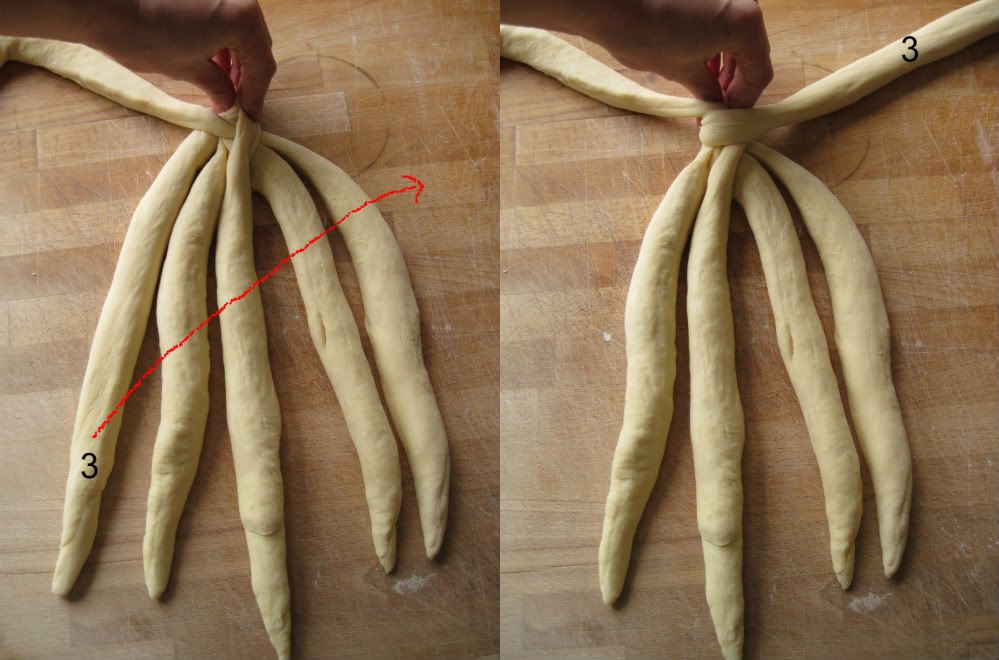
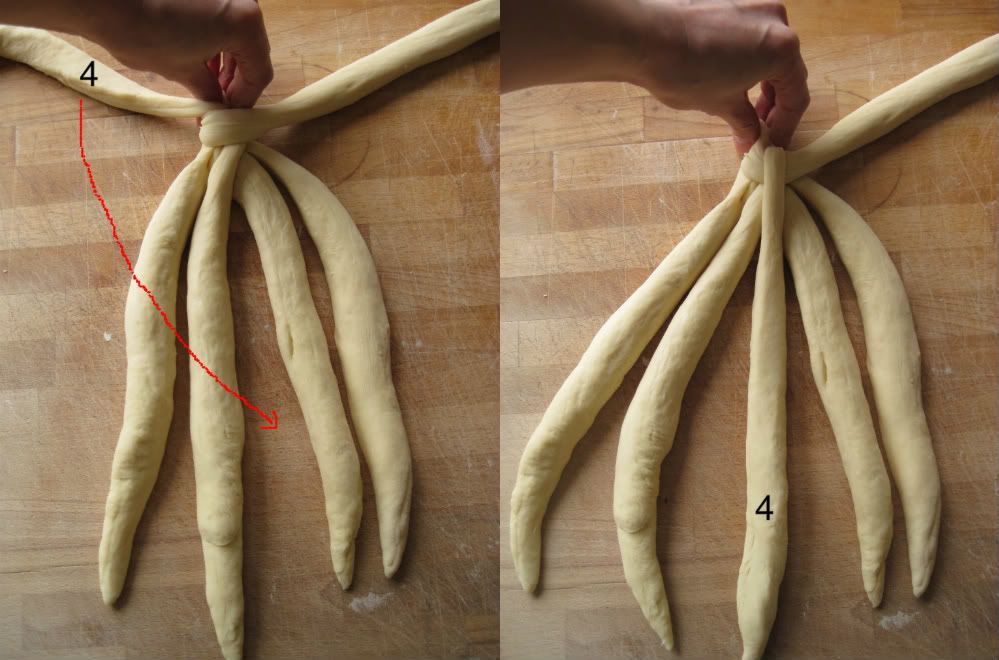
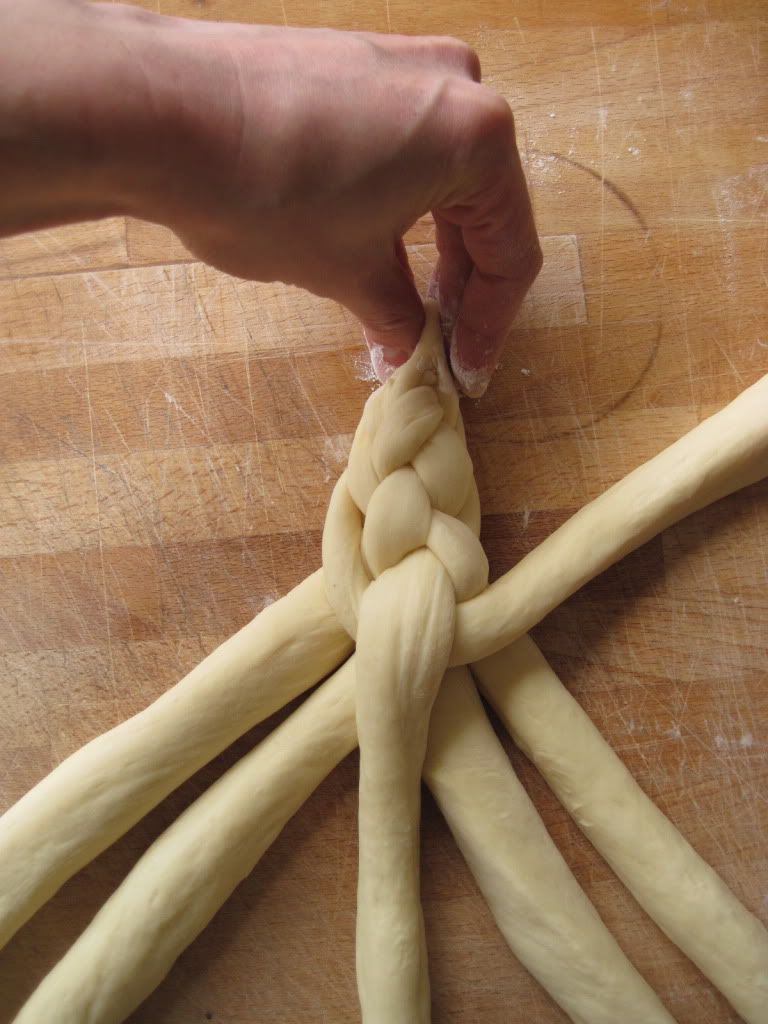
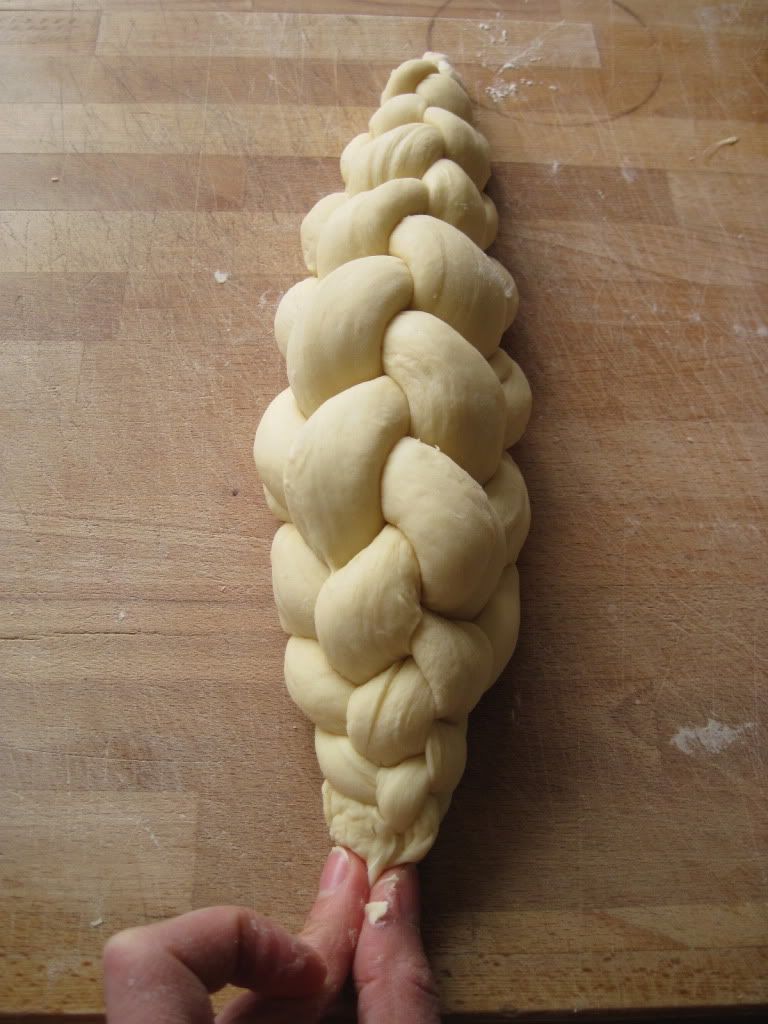
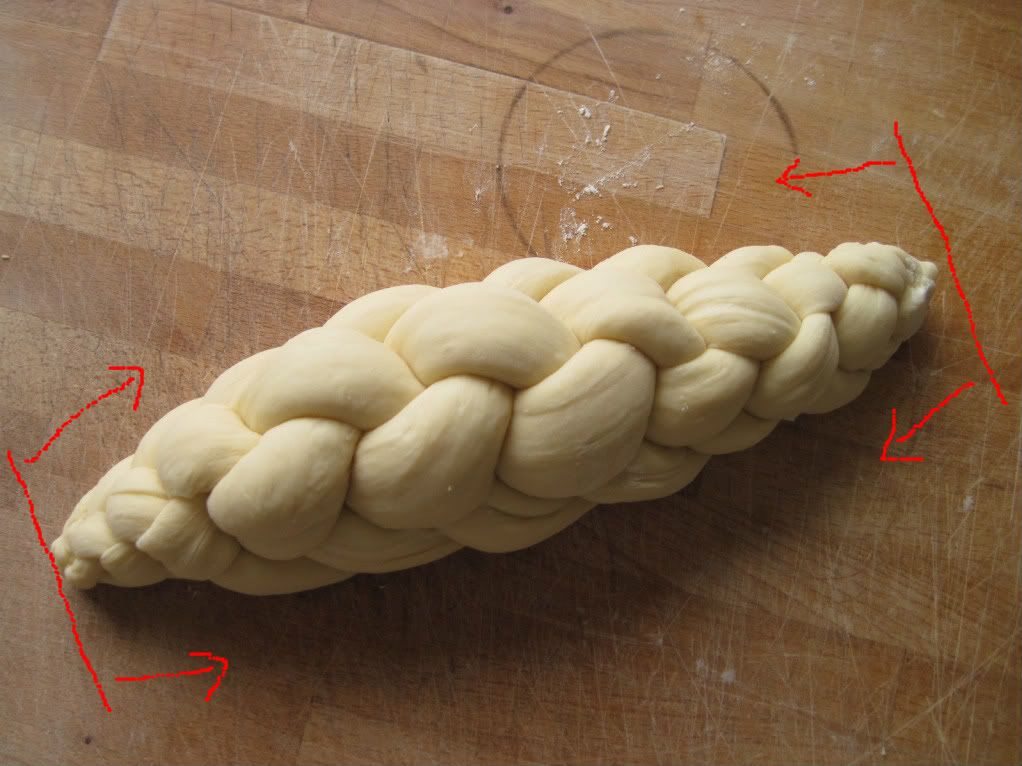
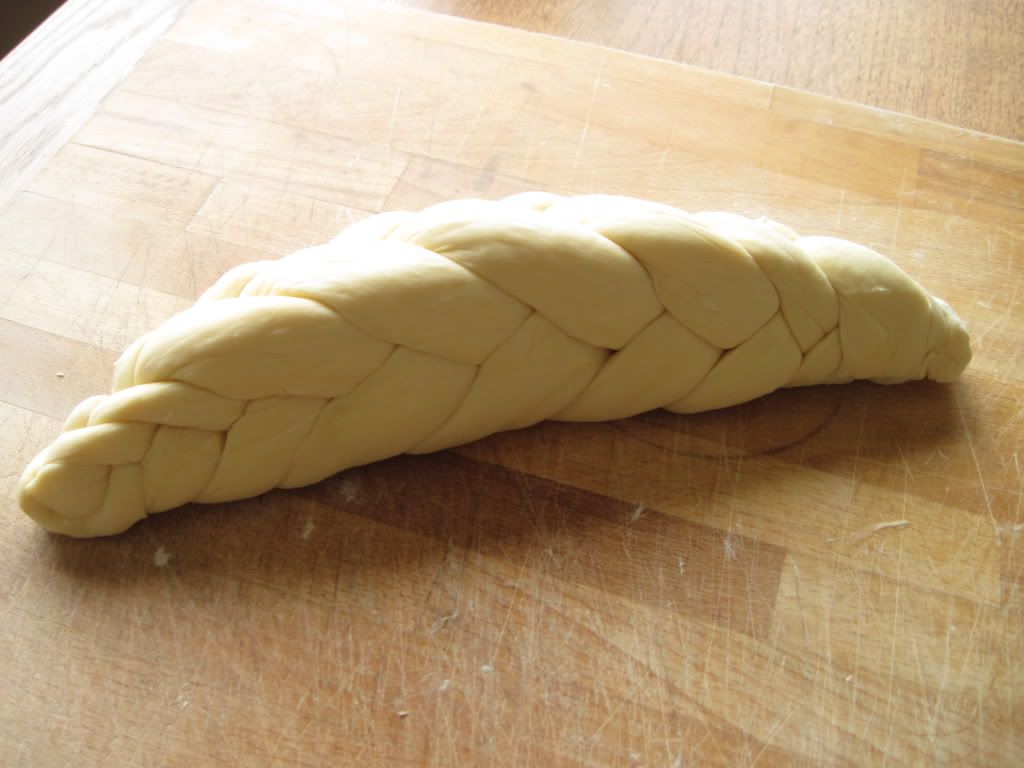


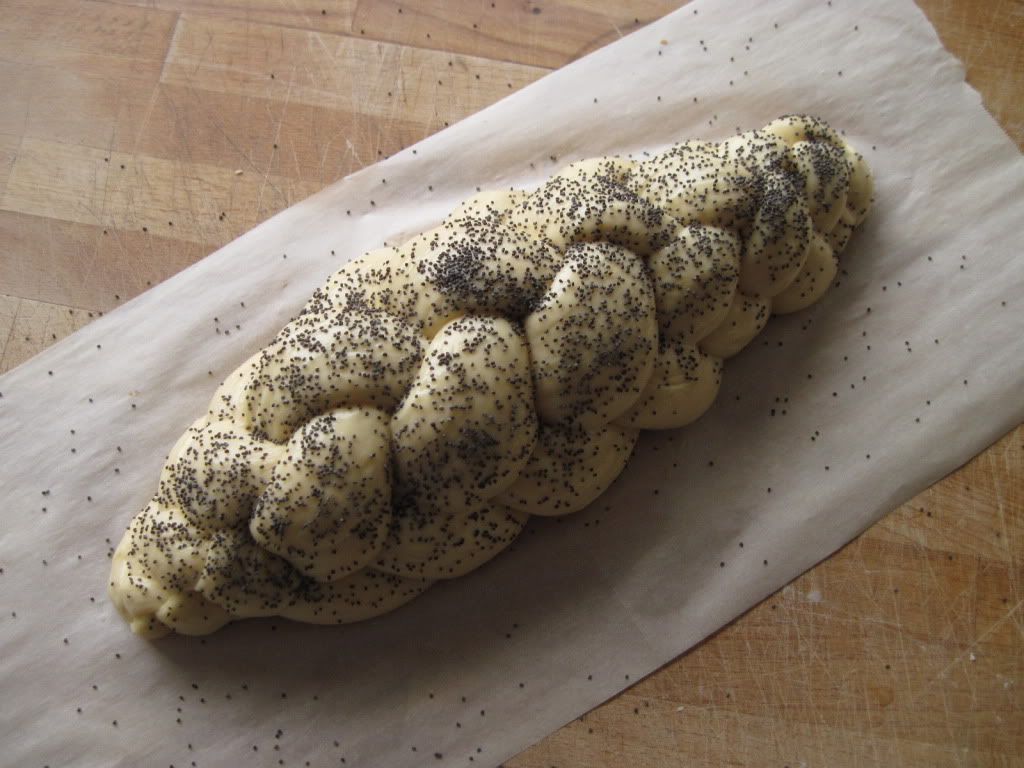
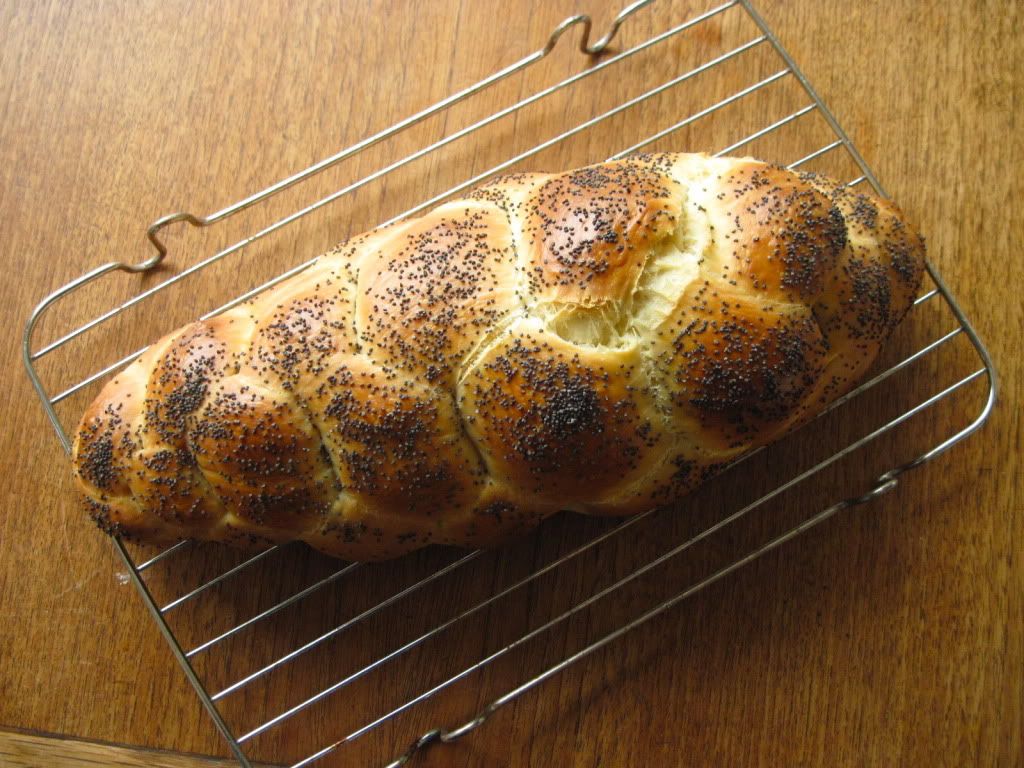
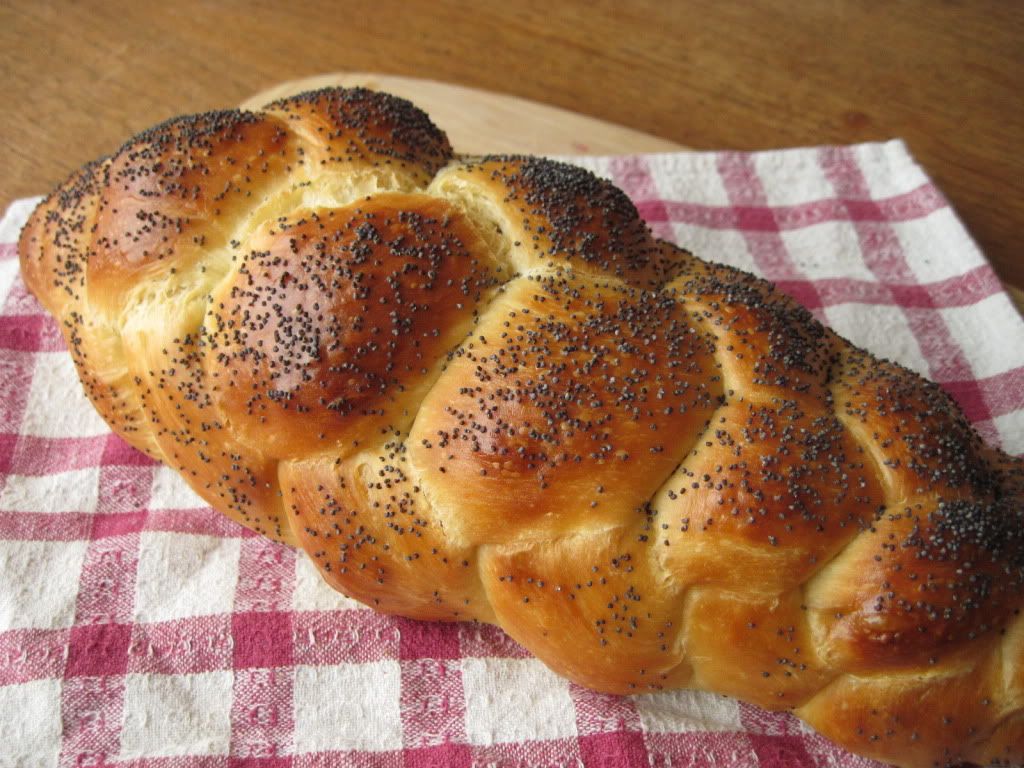
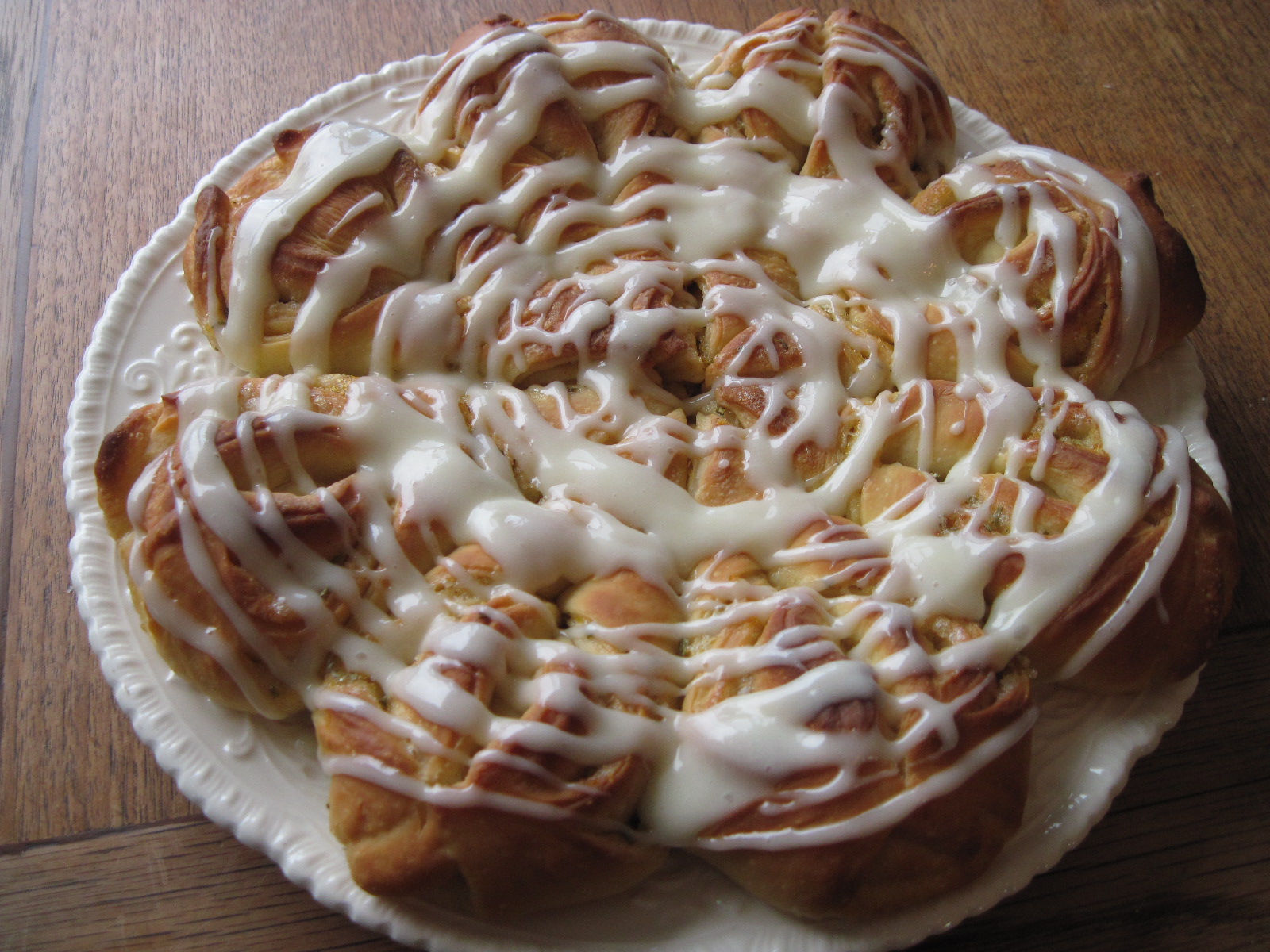 Lemon and rosemary might not be a flavour combination you’re familiar with in a sweet context, but man oh man, does it ever work! I stumbled across a recipe for Meyer Lemon Rosemary Sticky Buns and bookmarked it immediately because it sounded so intriguing, and I planned to make them using one portion of
Lemon and rosemary might not be a flavour combination you’re familiar with in a sweet context, but man oh man, does it ever work! I stumbled across a recipe for Meyer Lemon Rosemary Sticky Buns and bookmarked it immediately because it sounded so intriguing, and I planned to make them using one portion of 